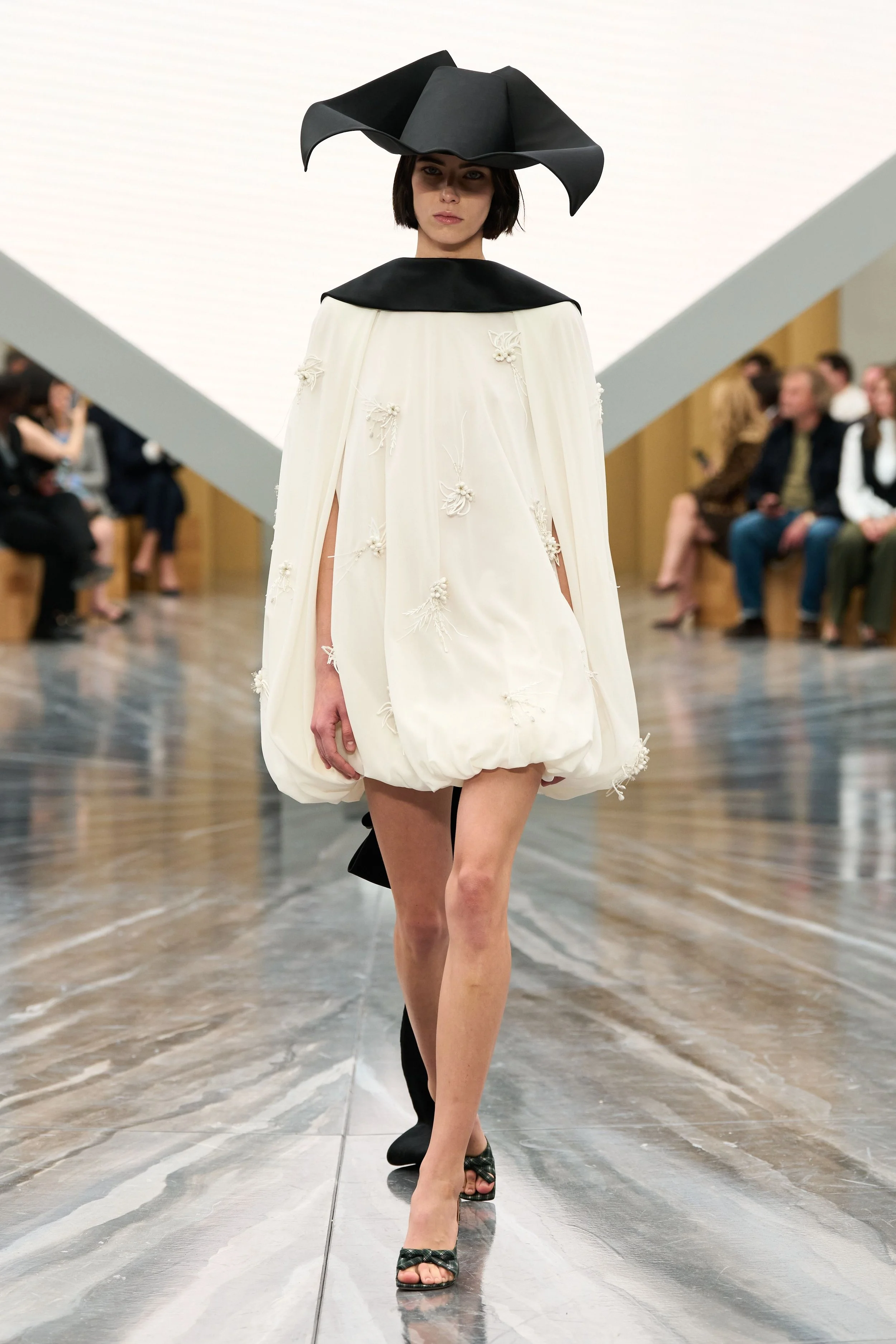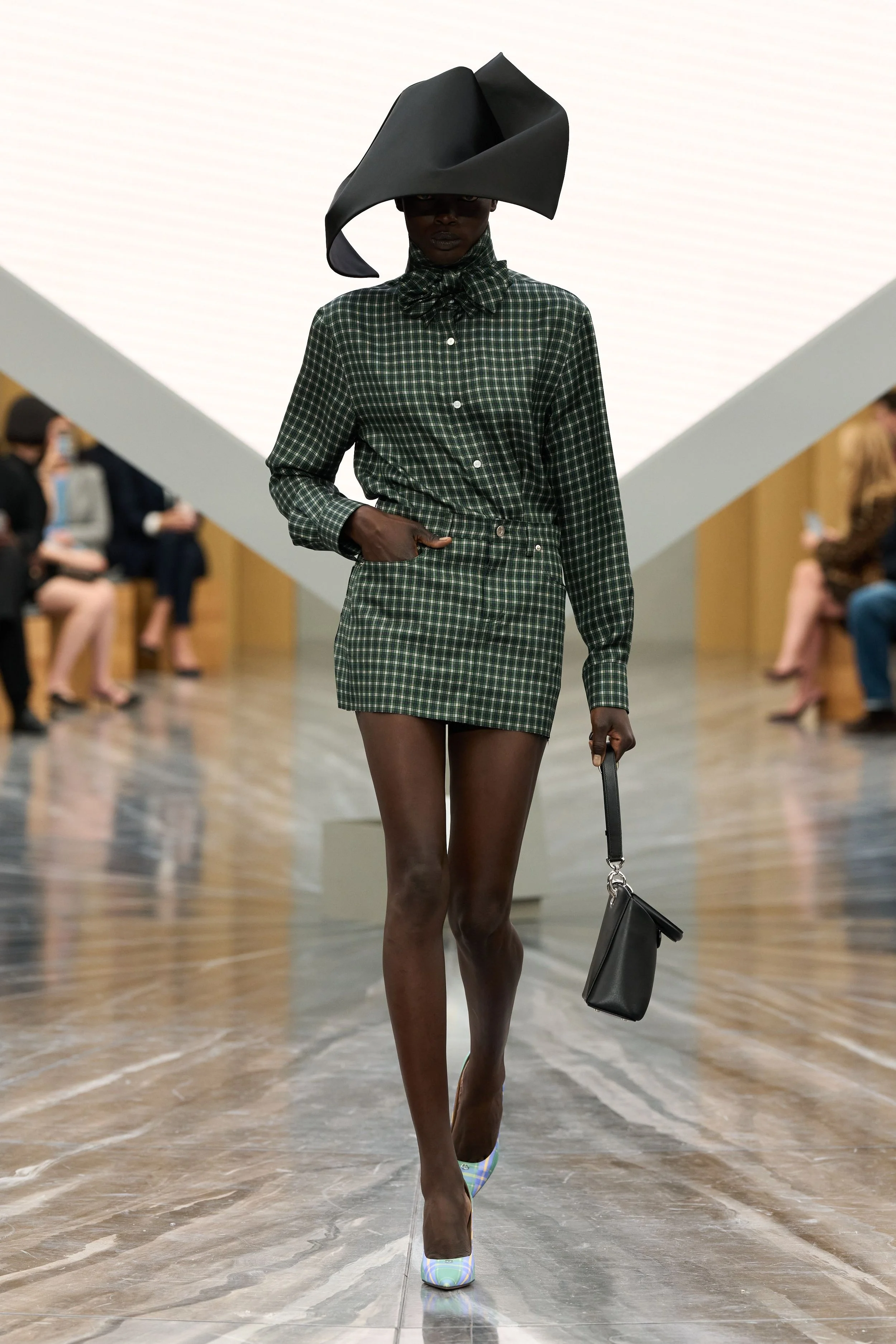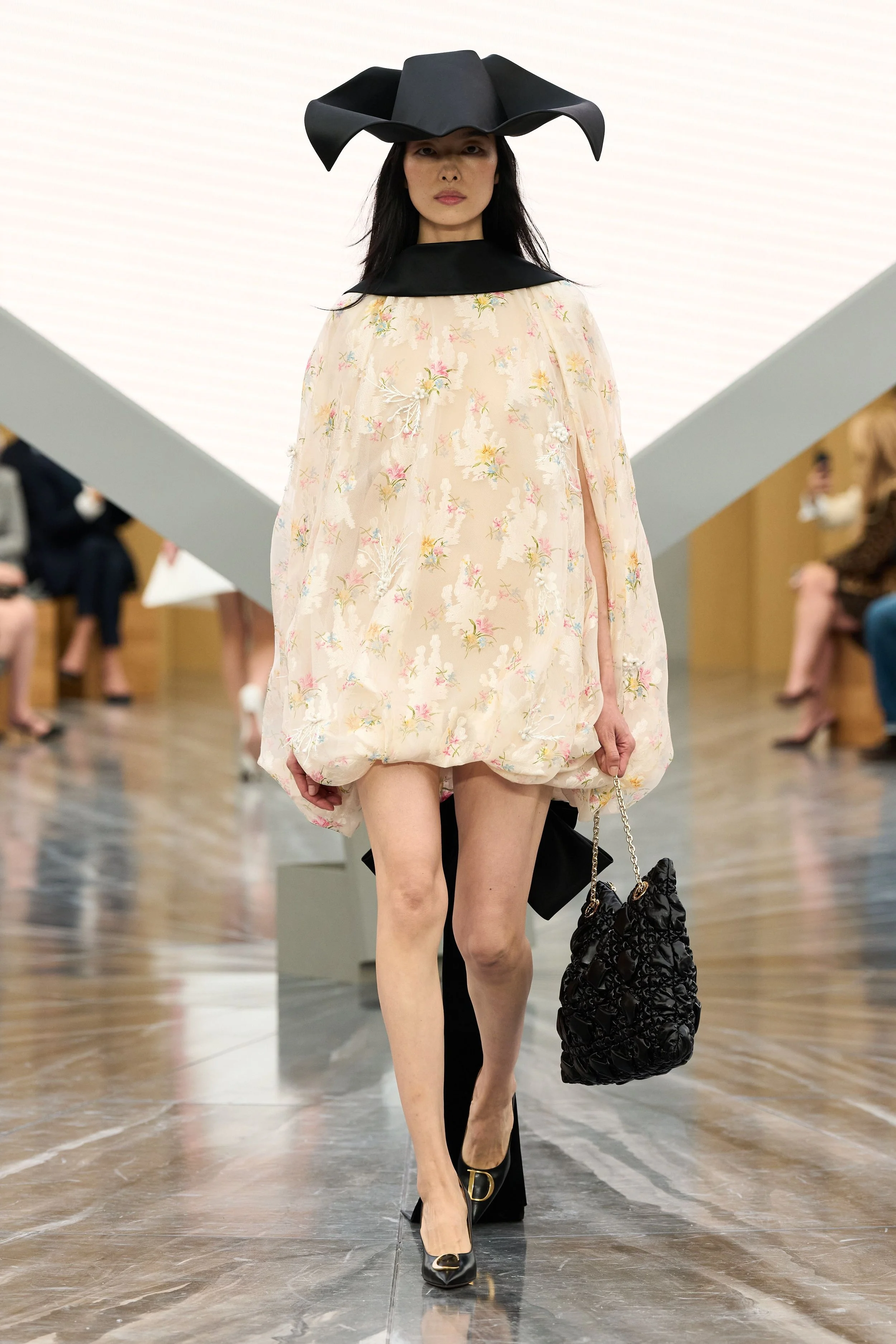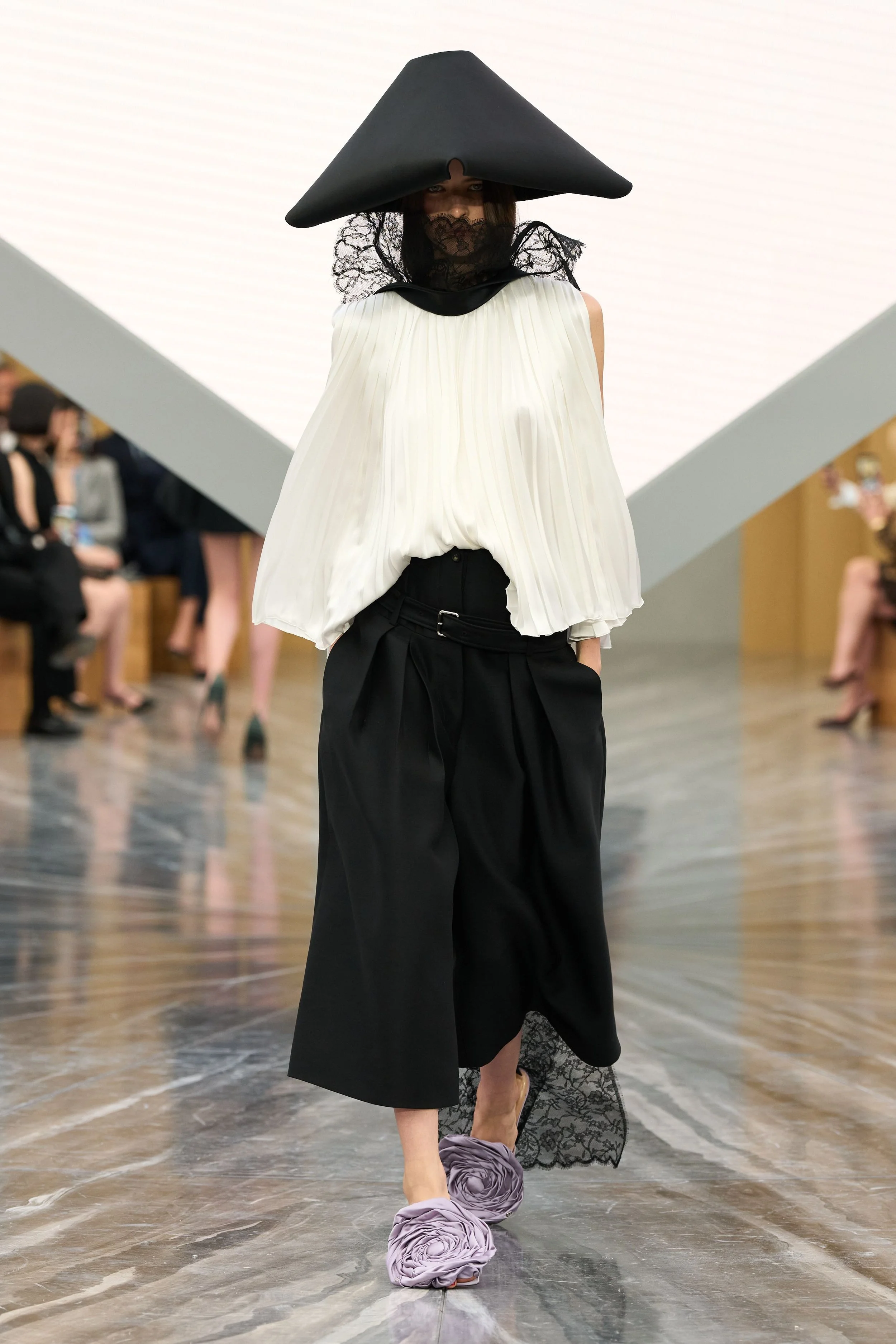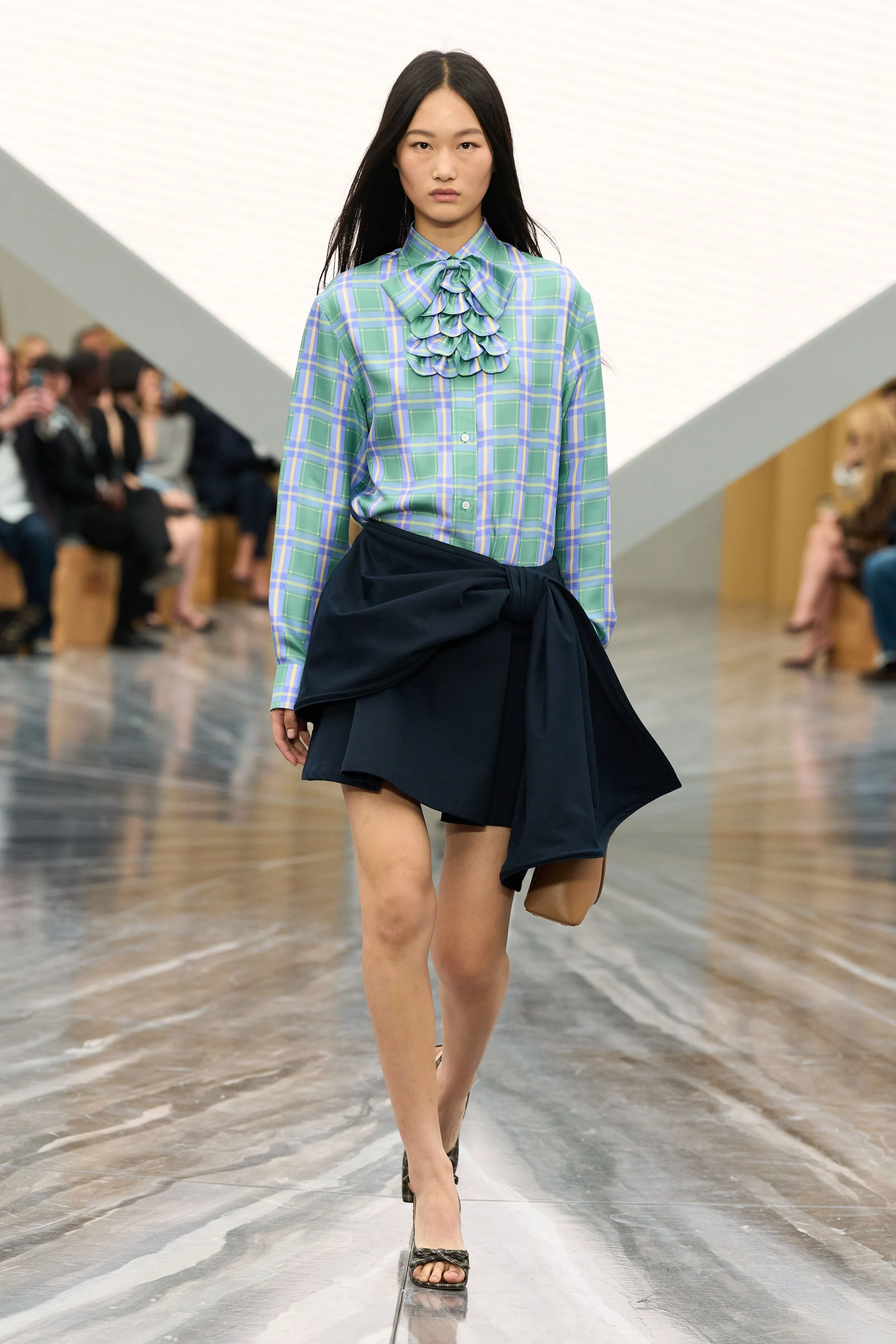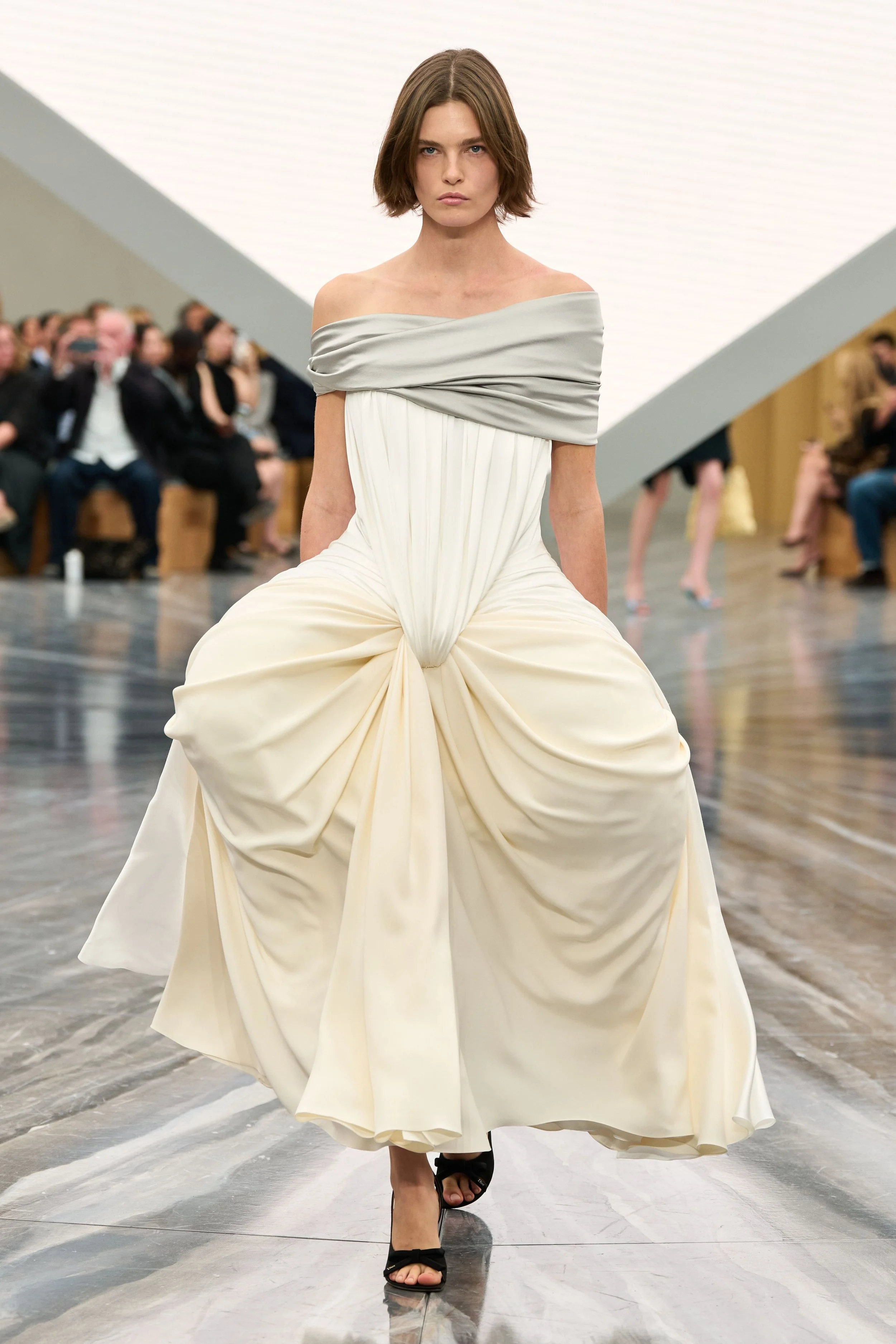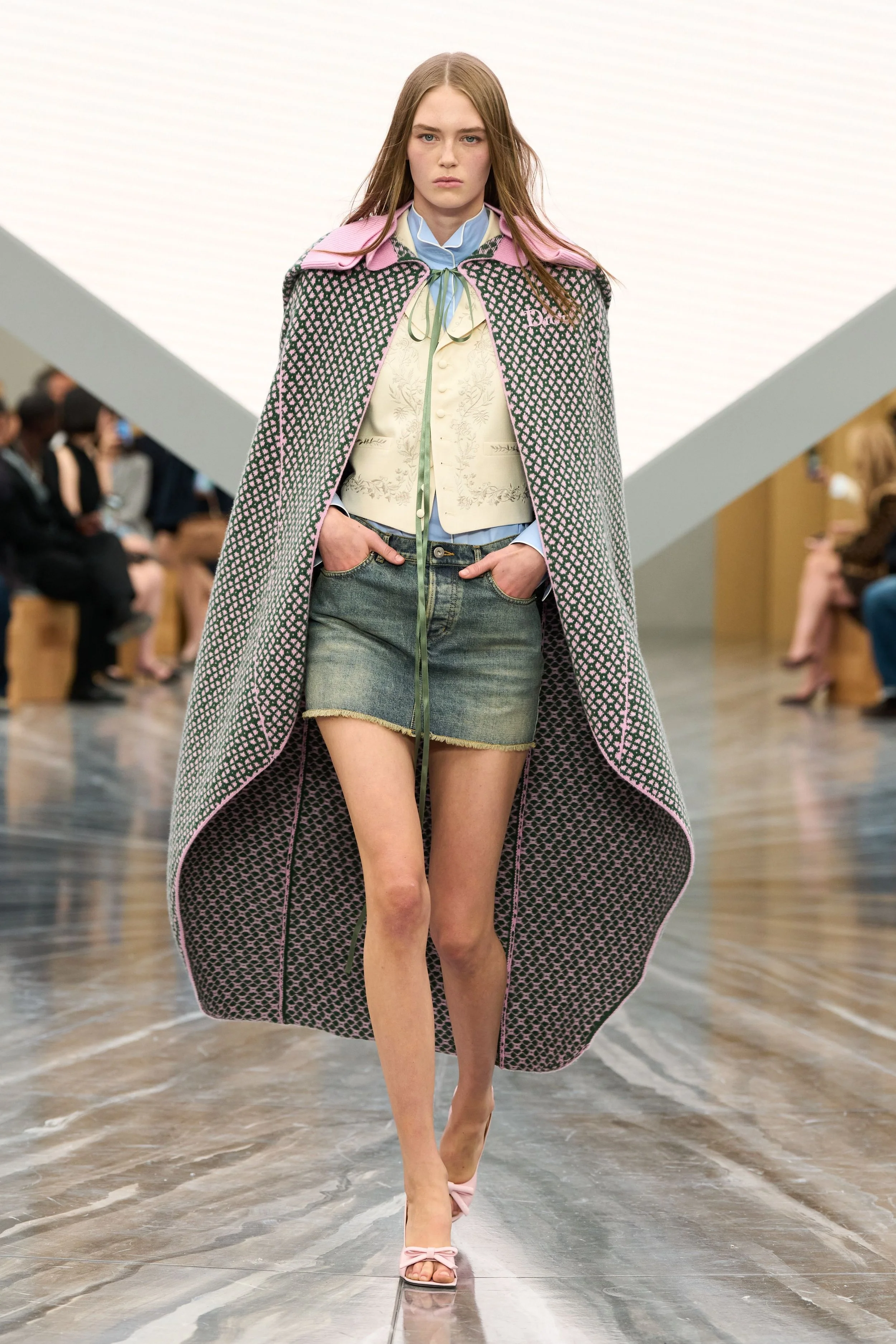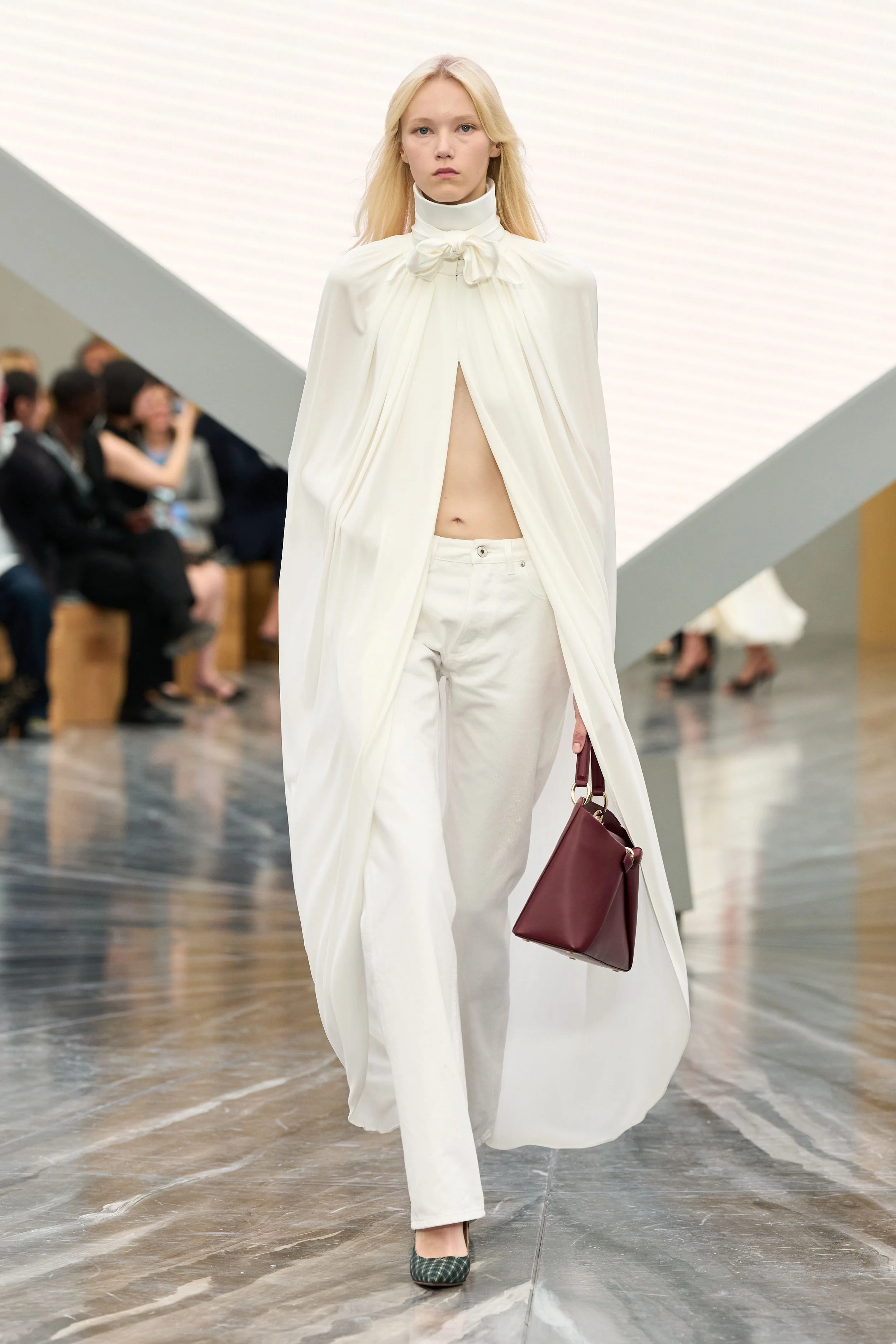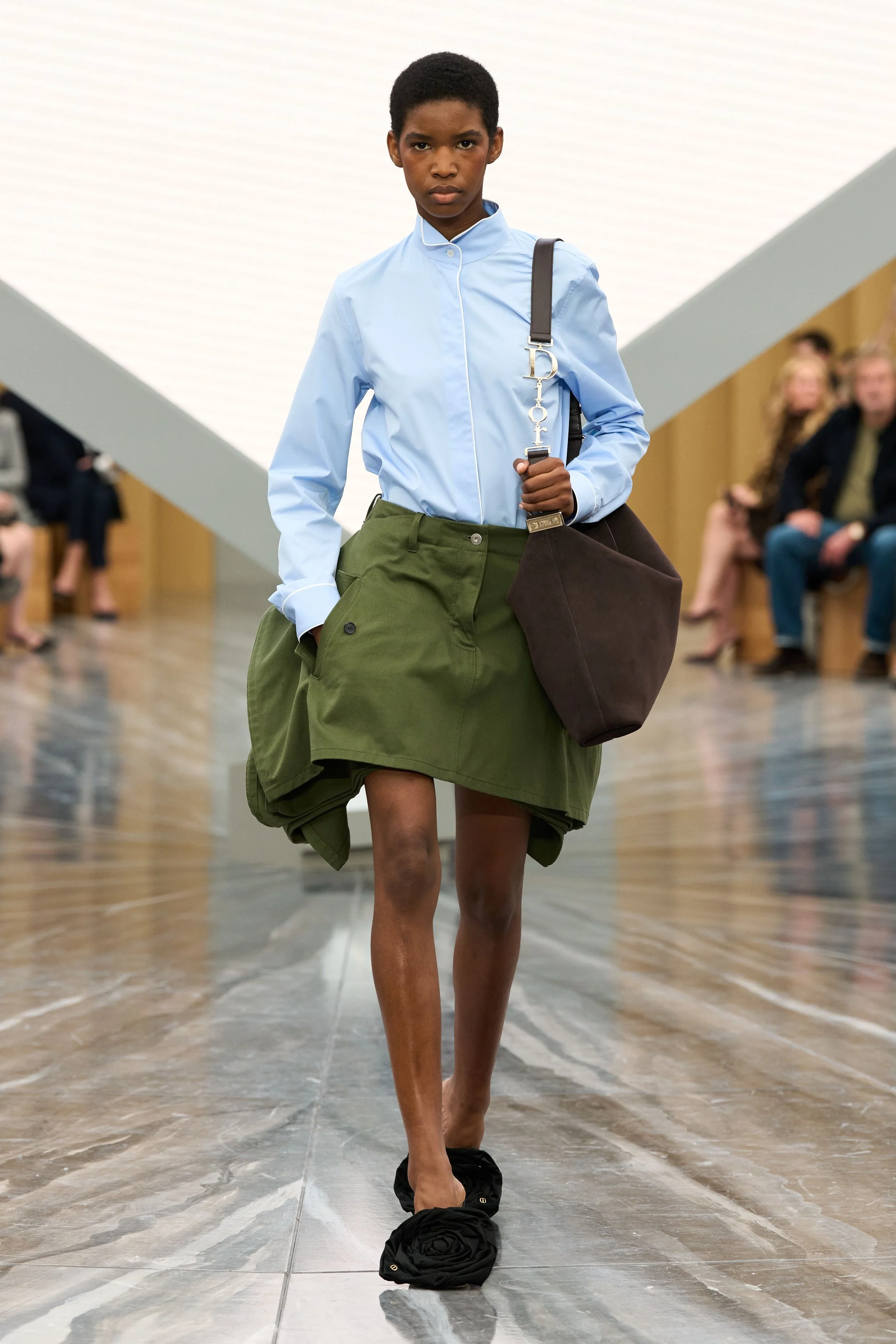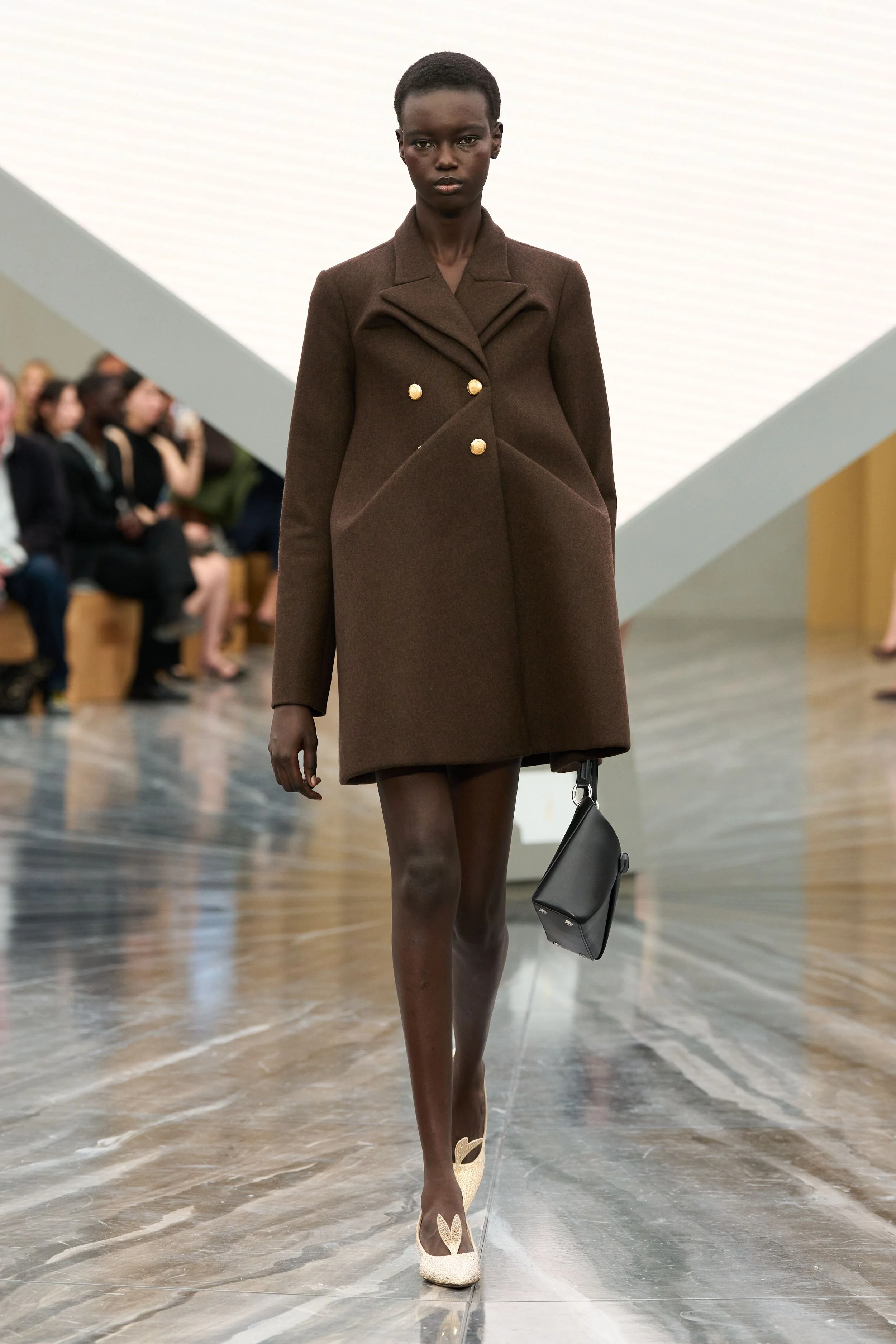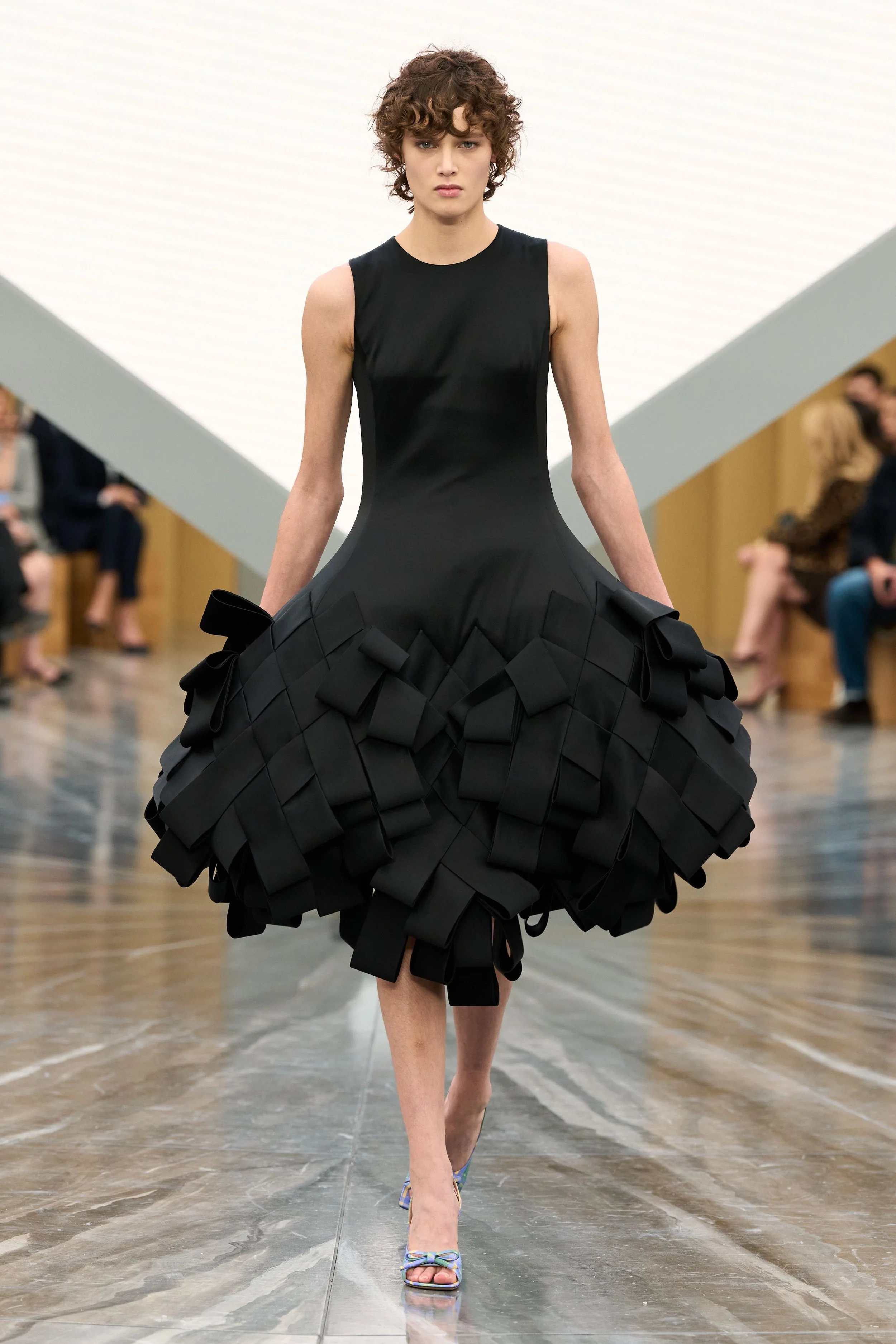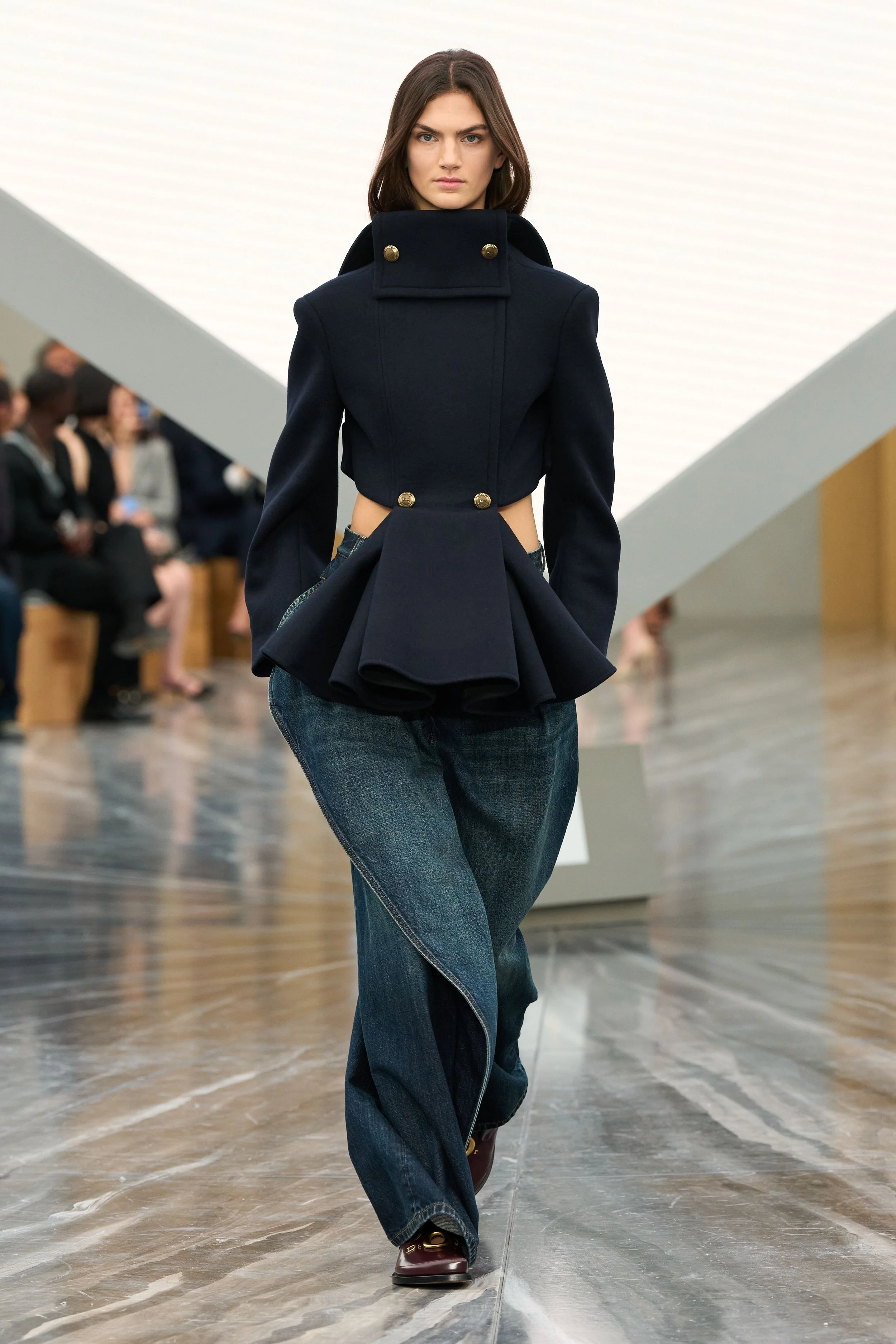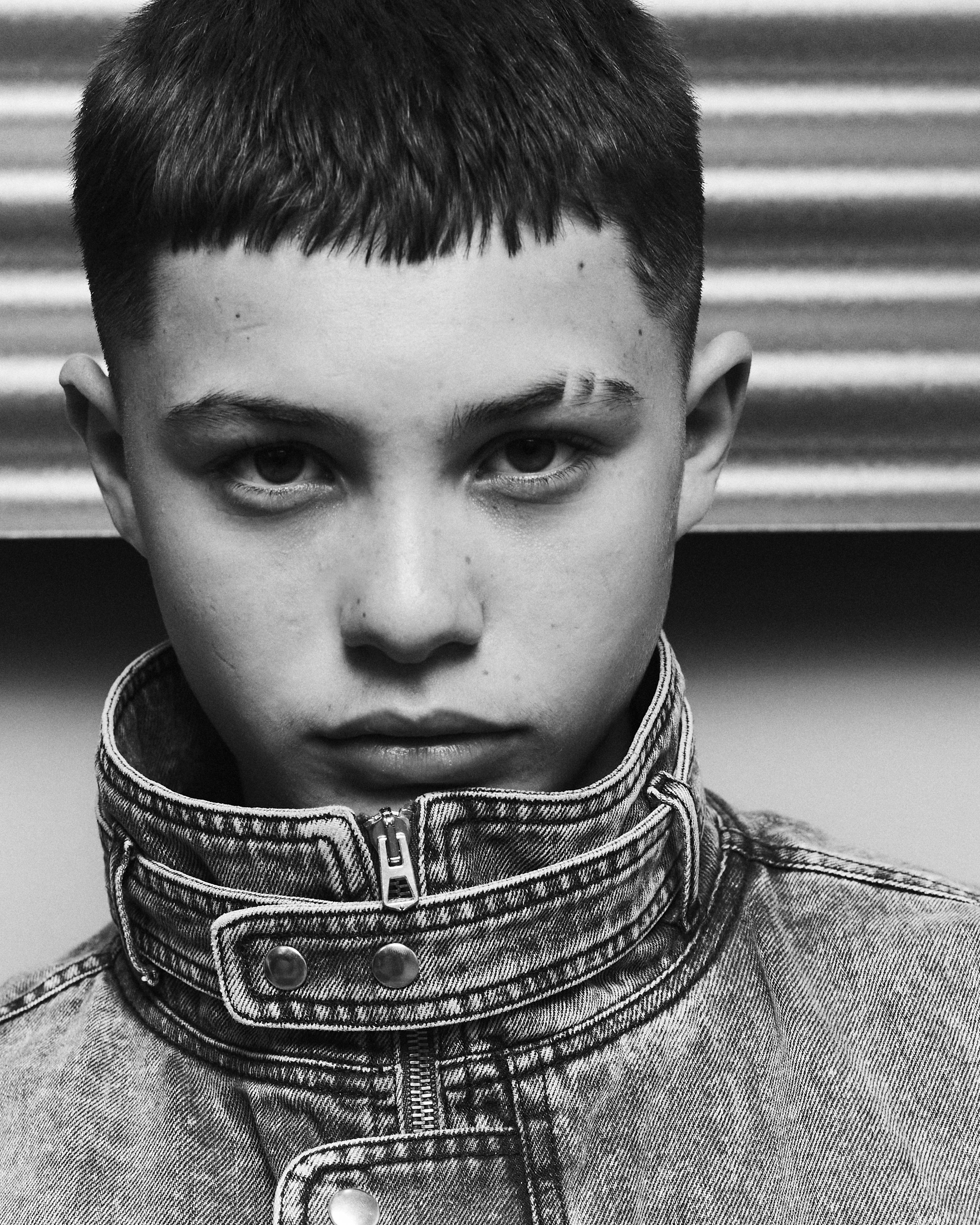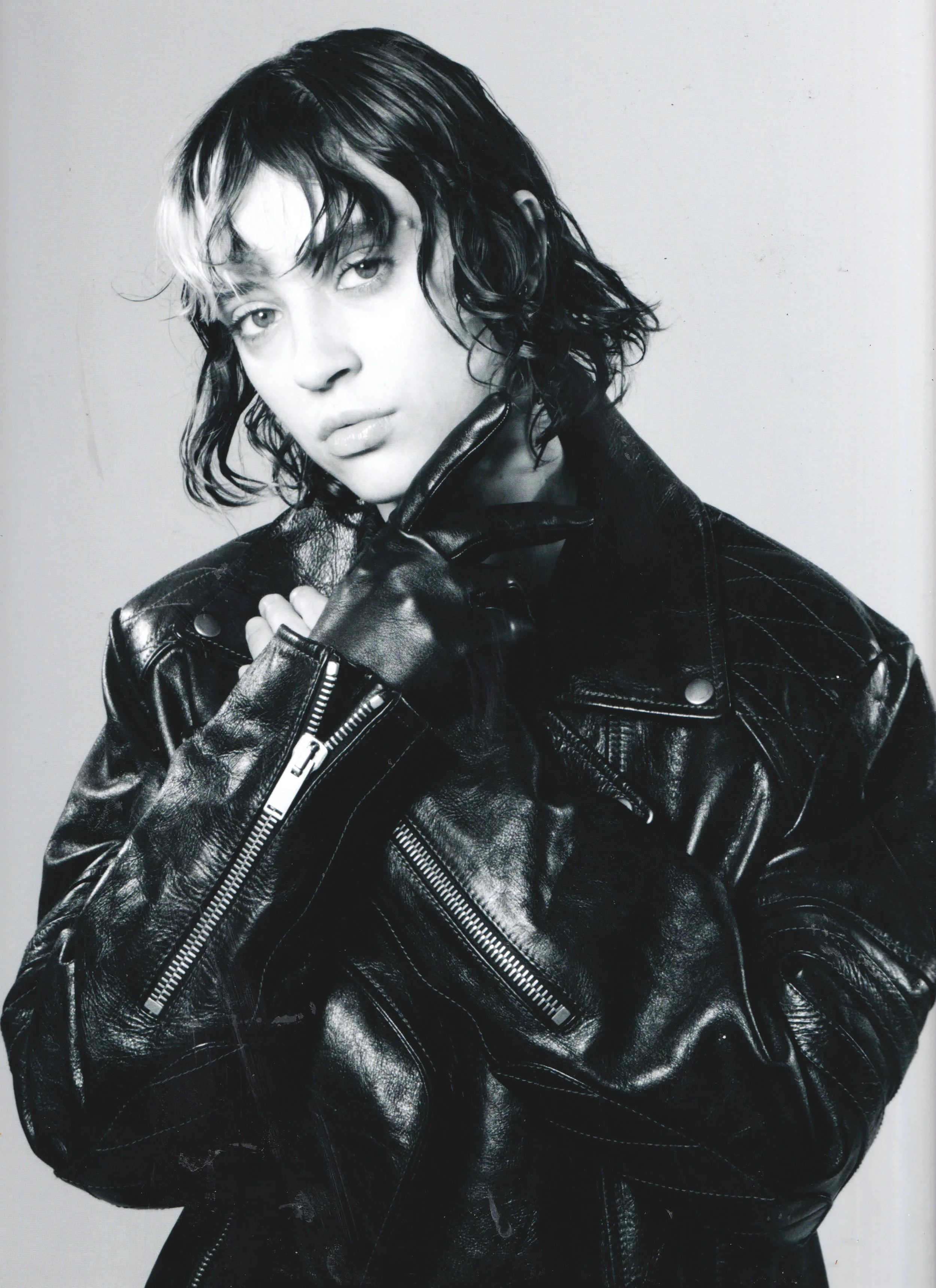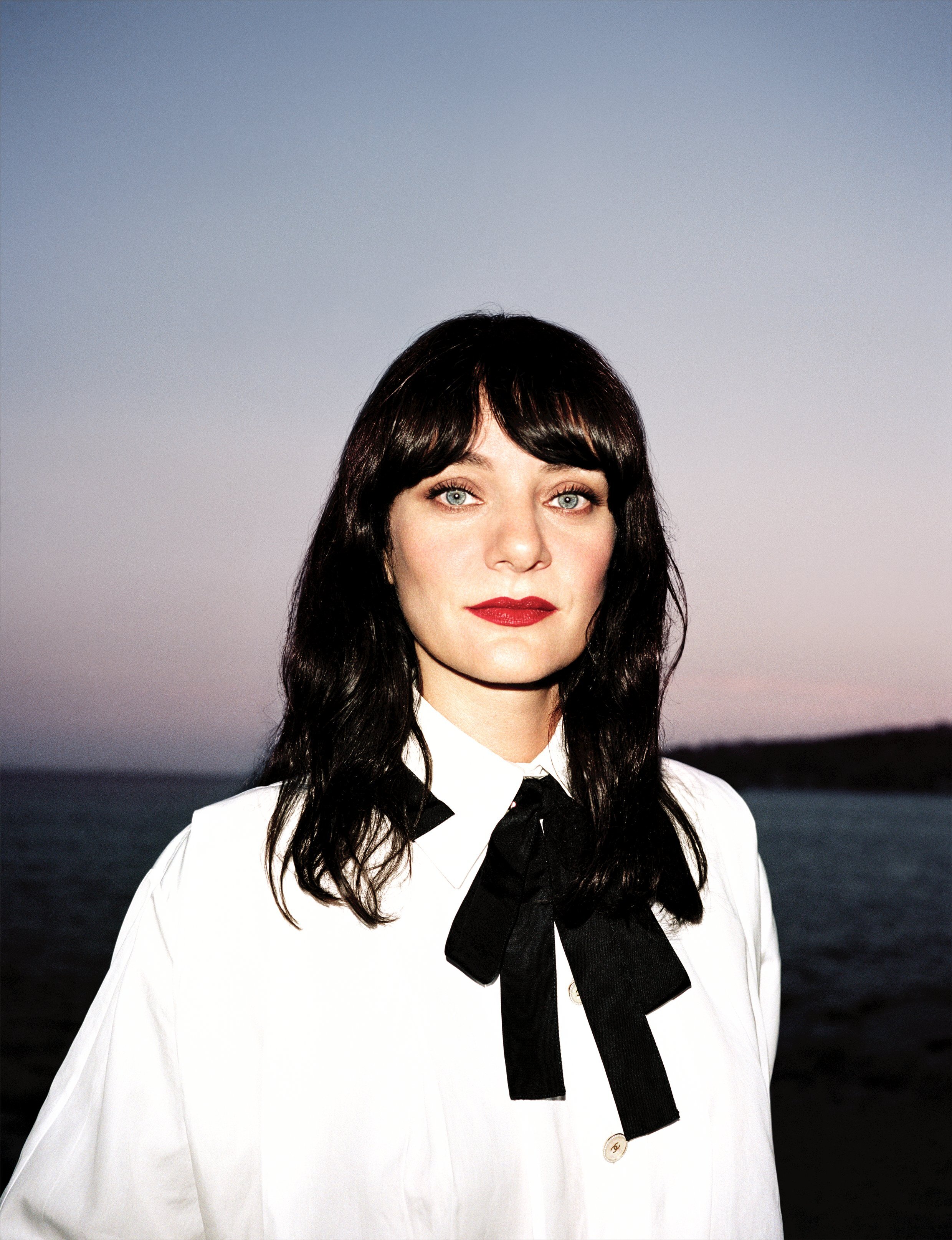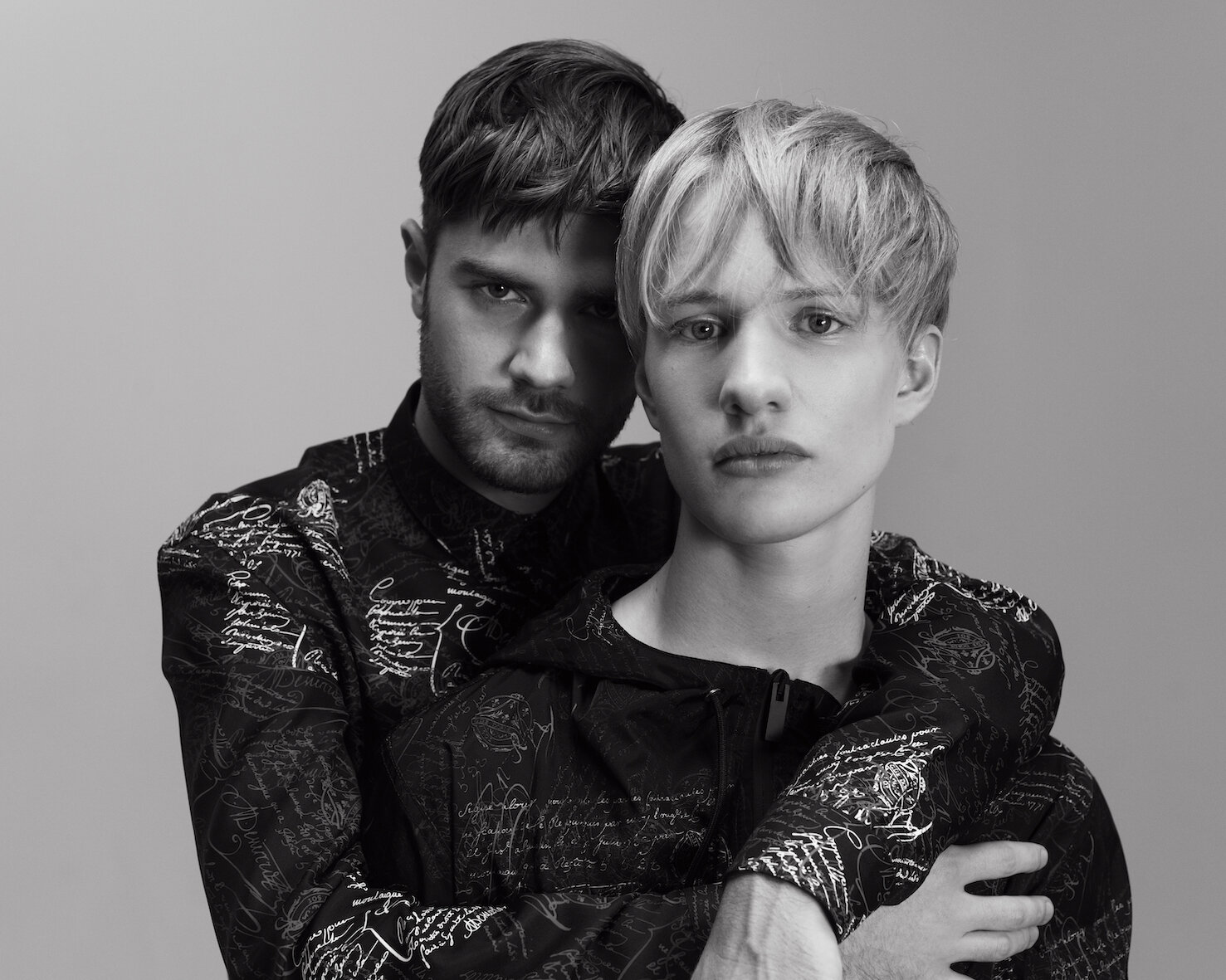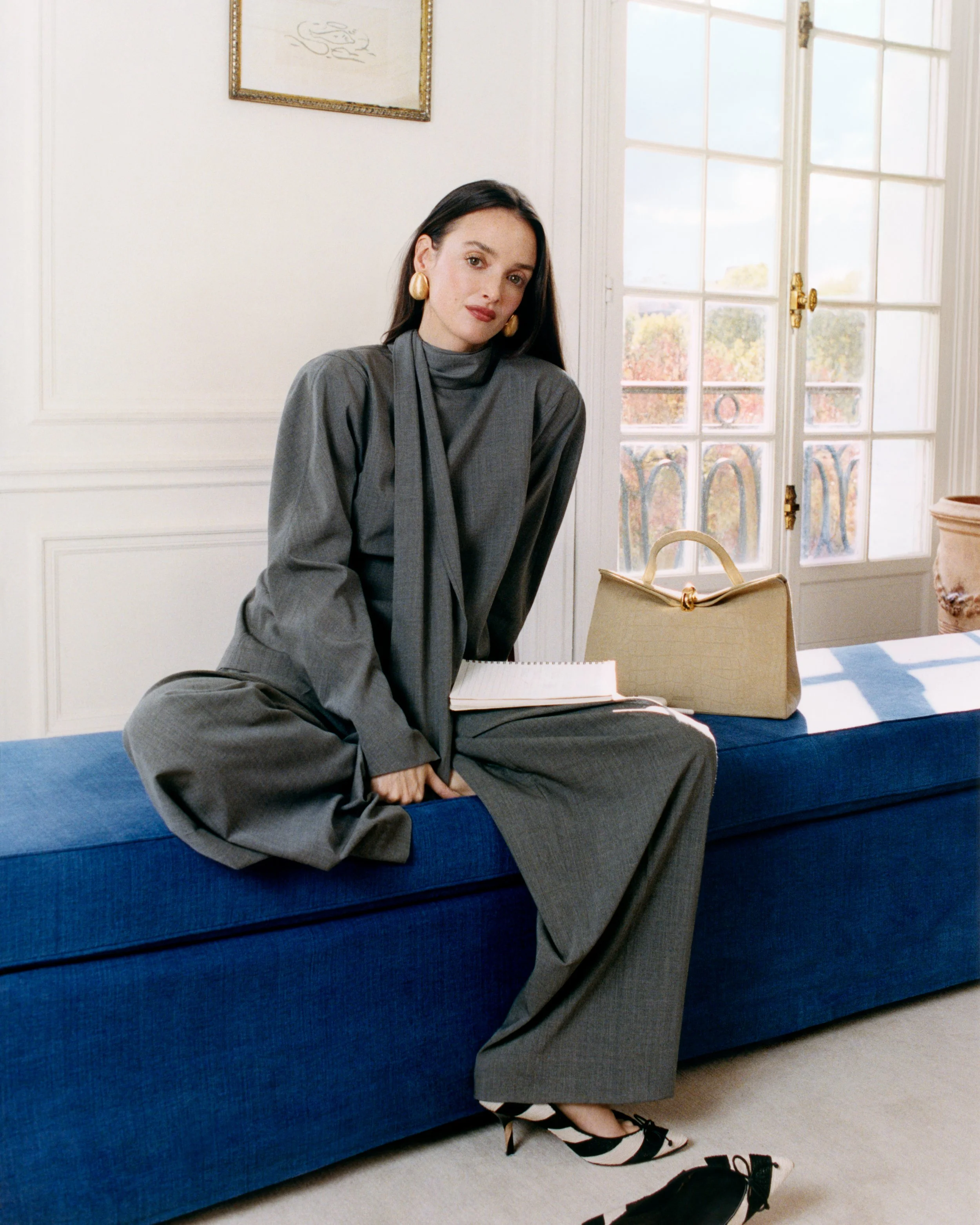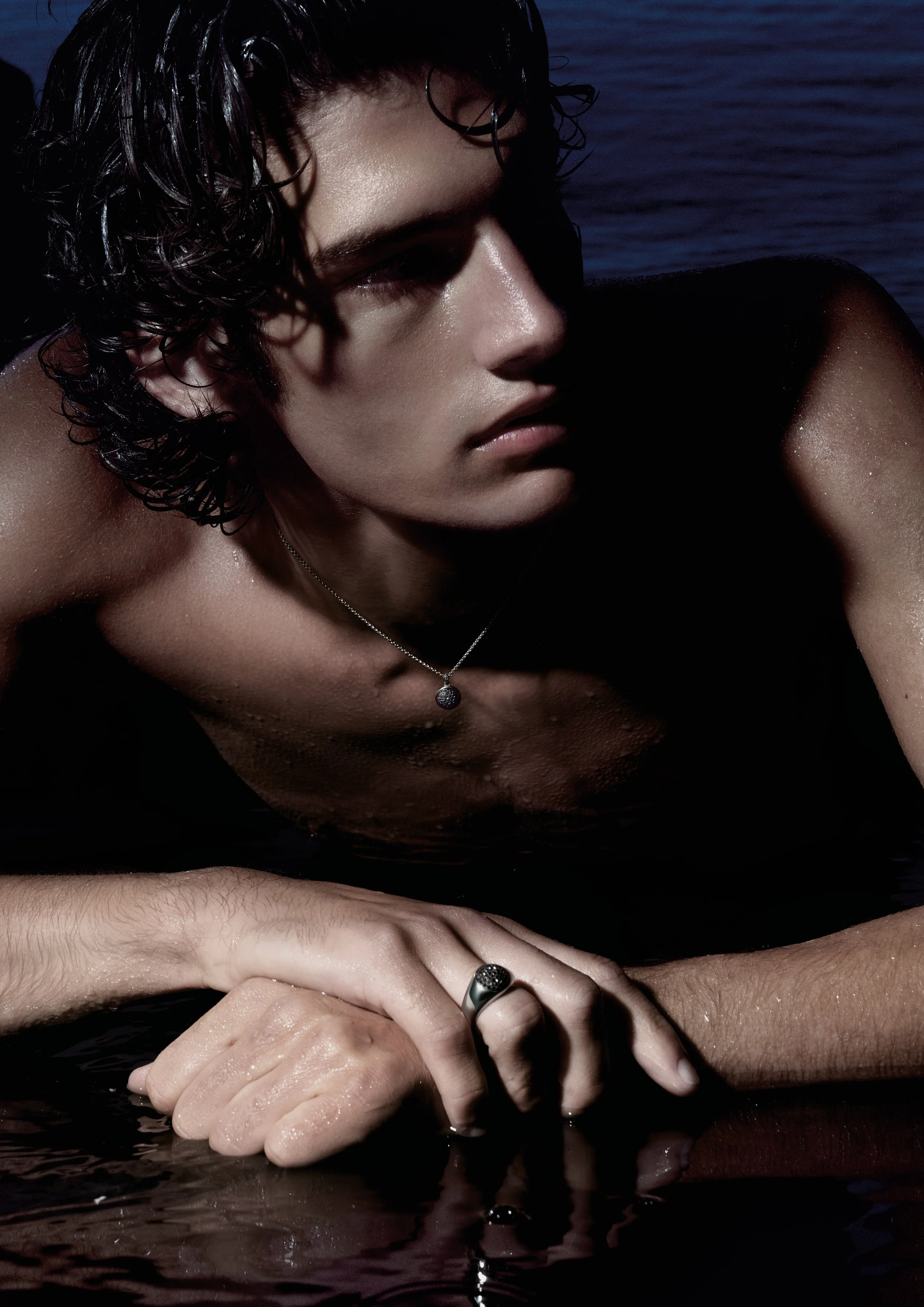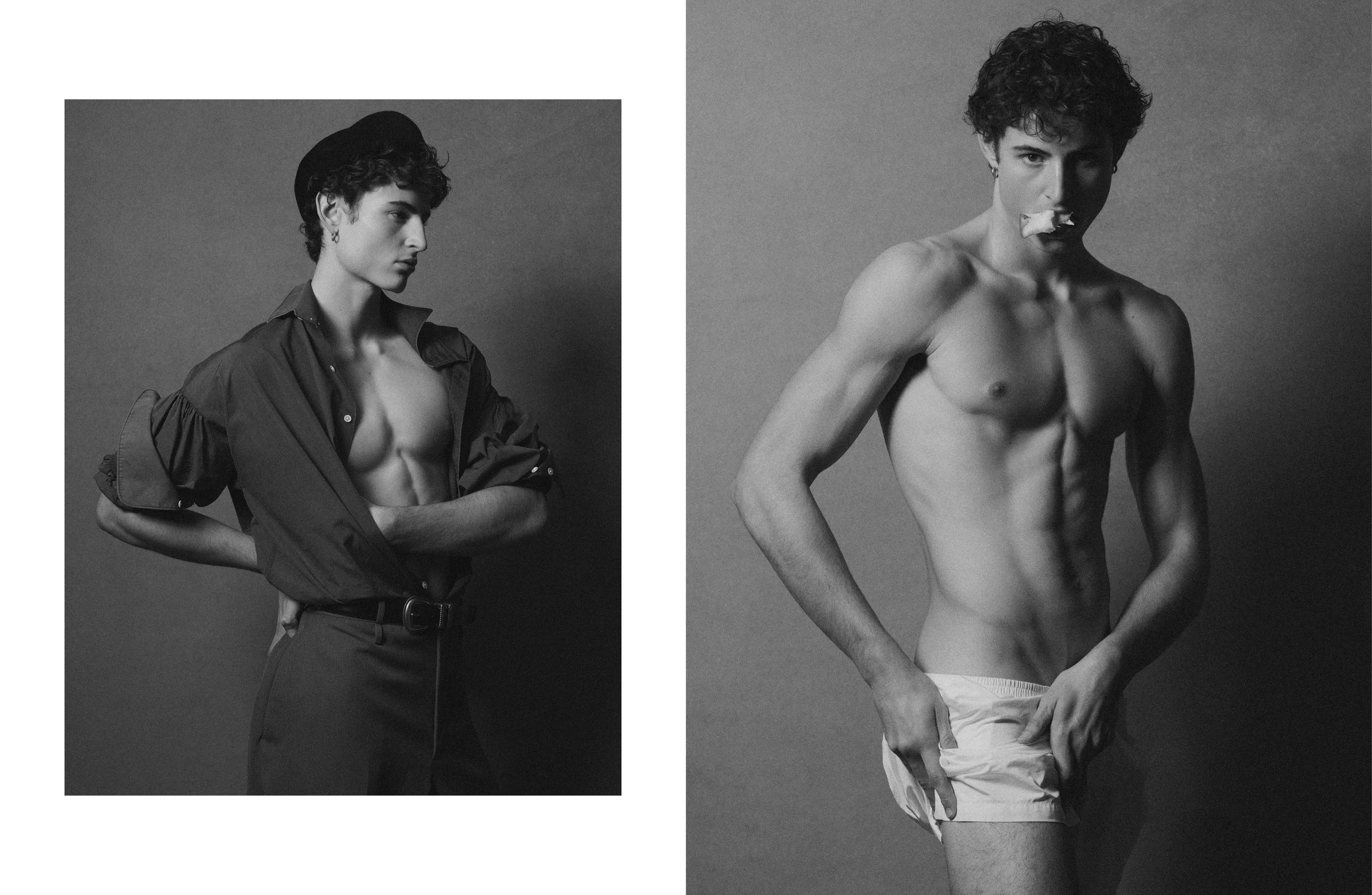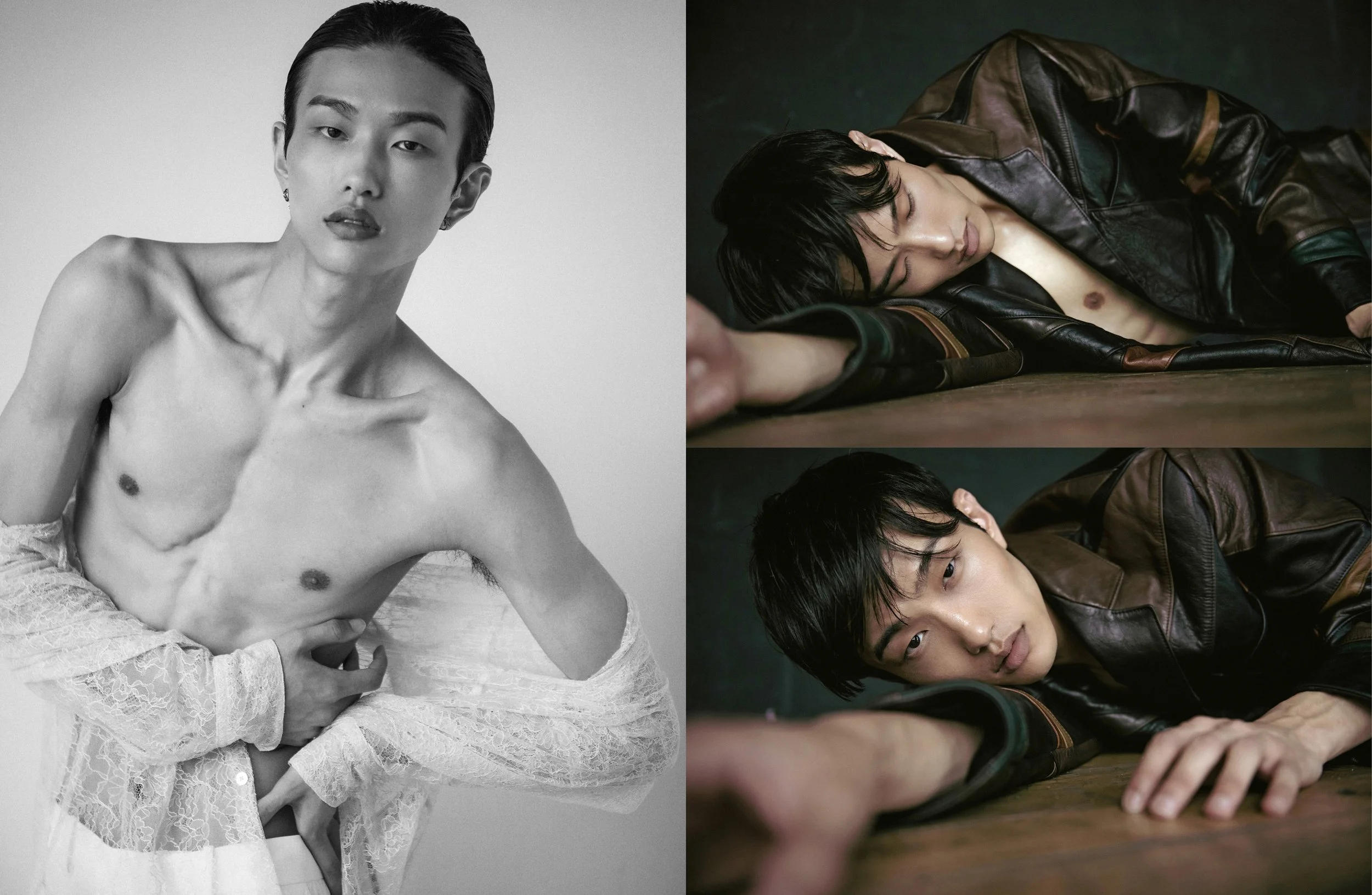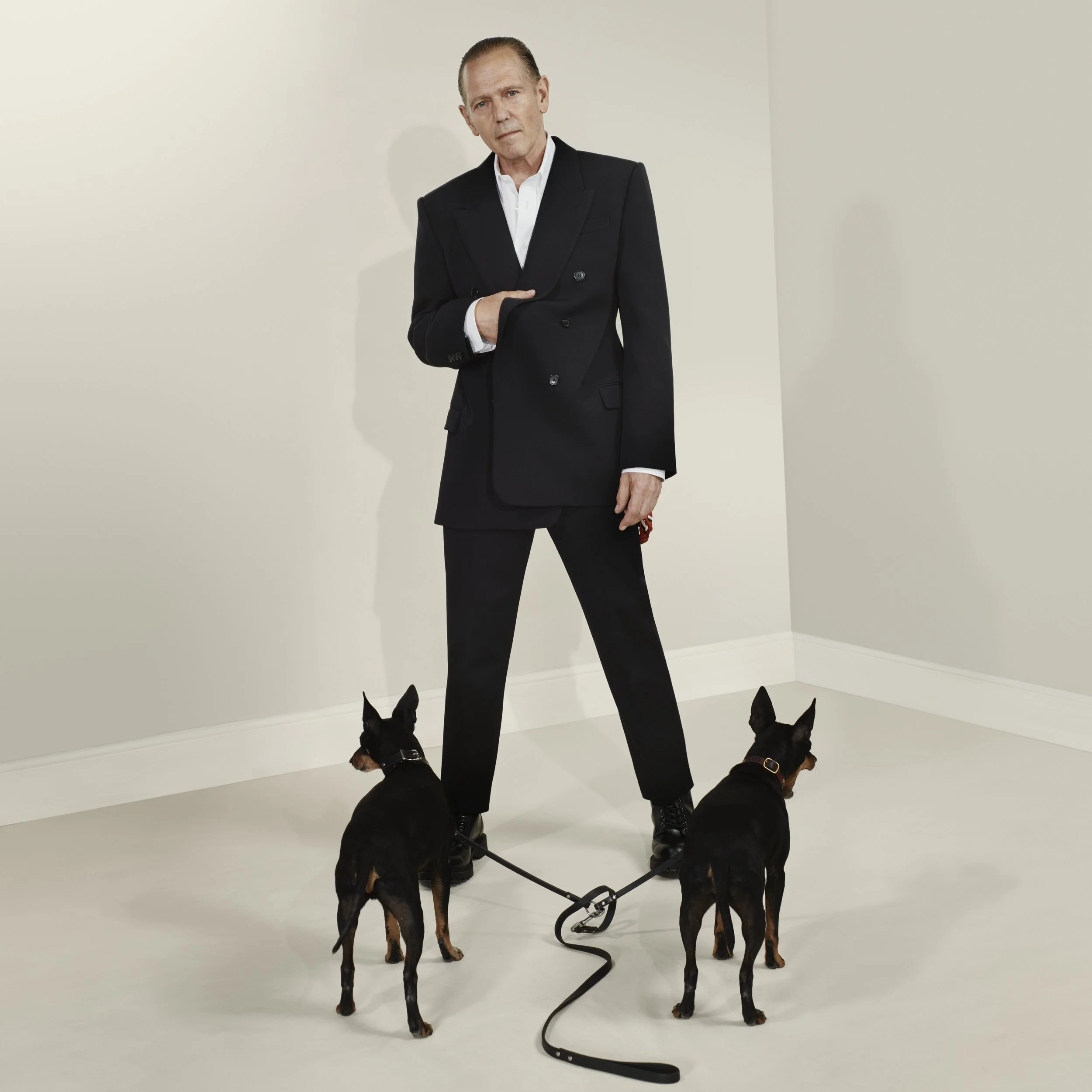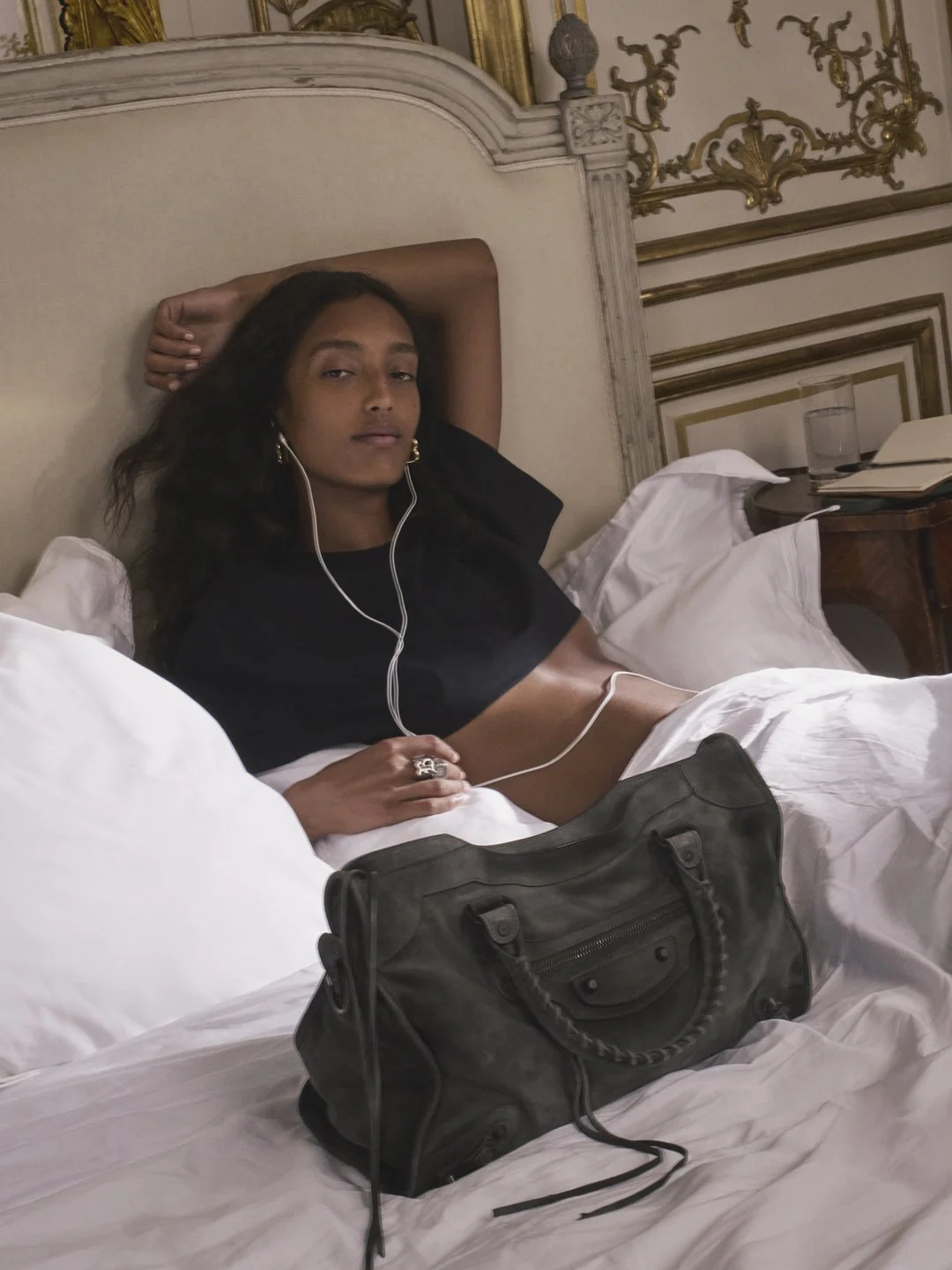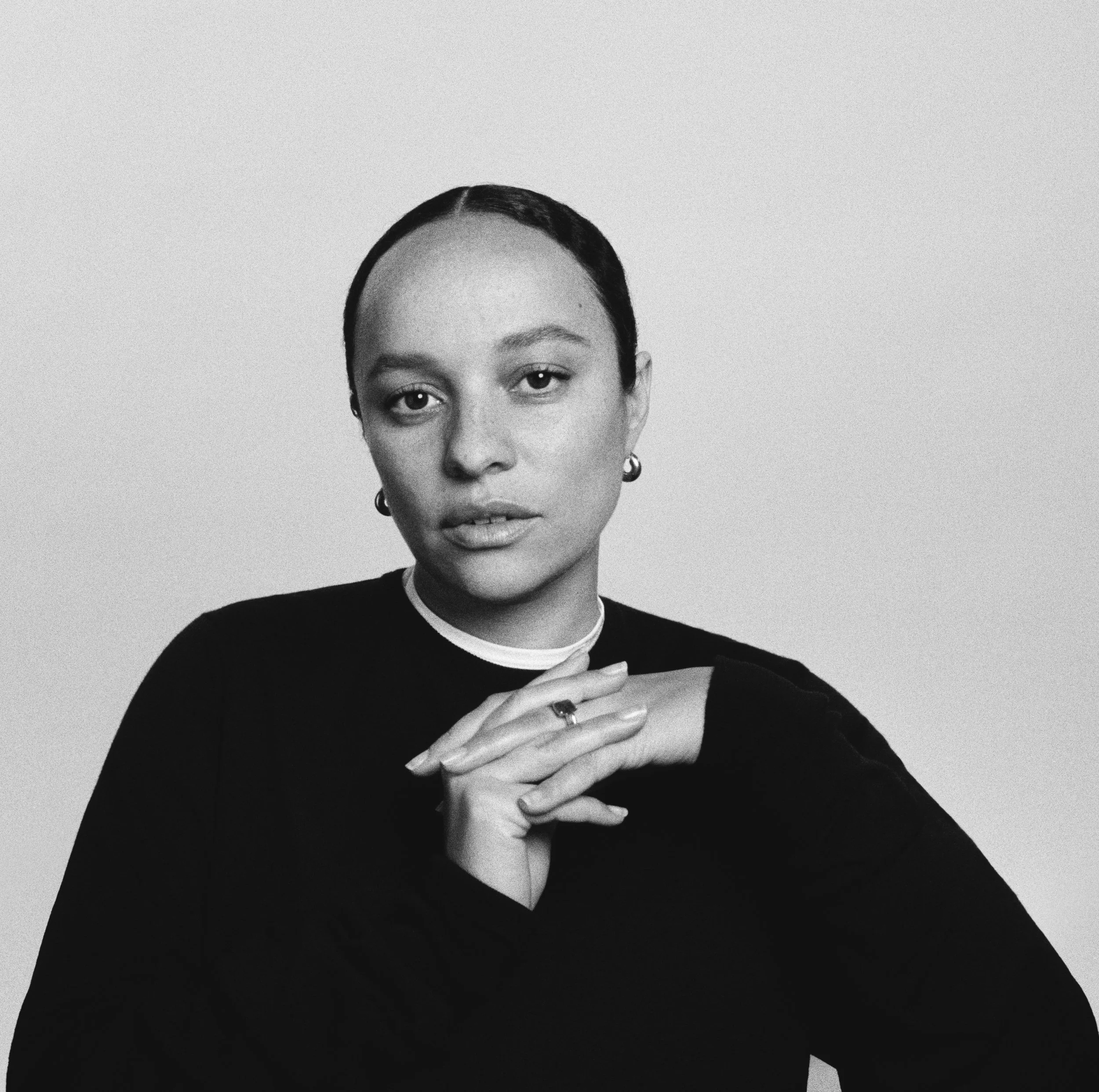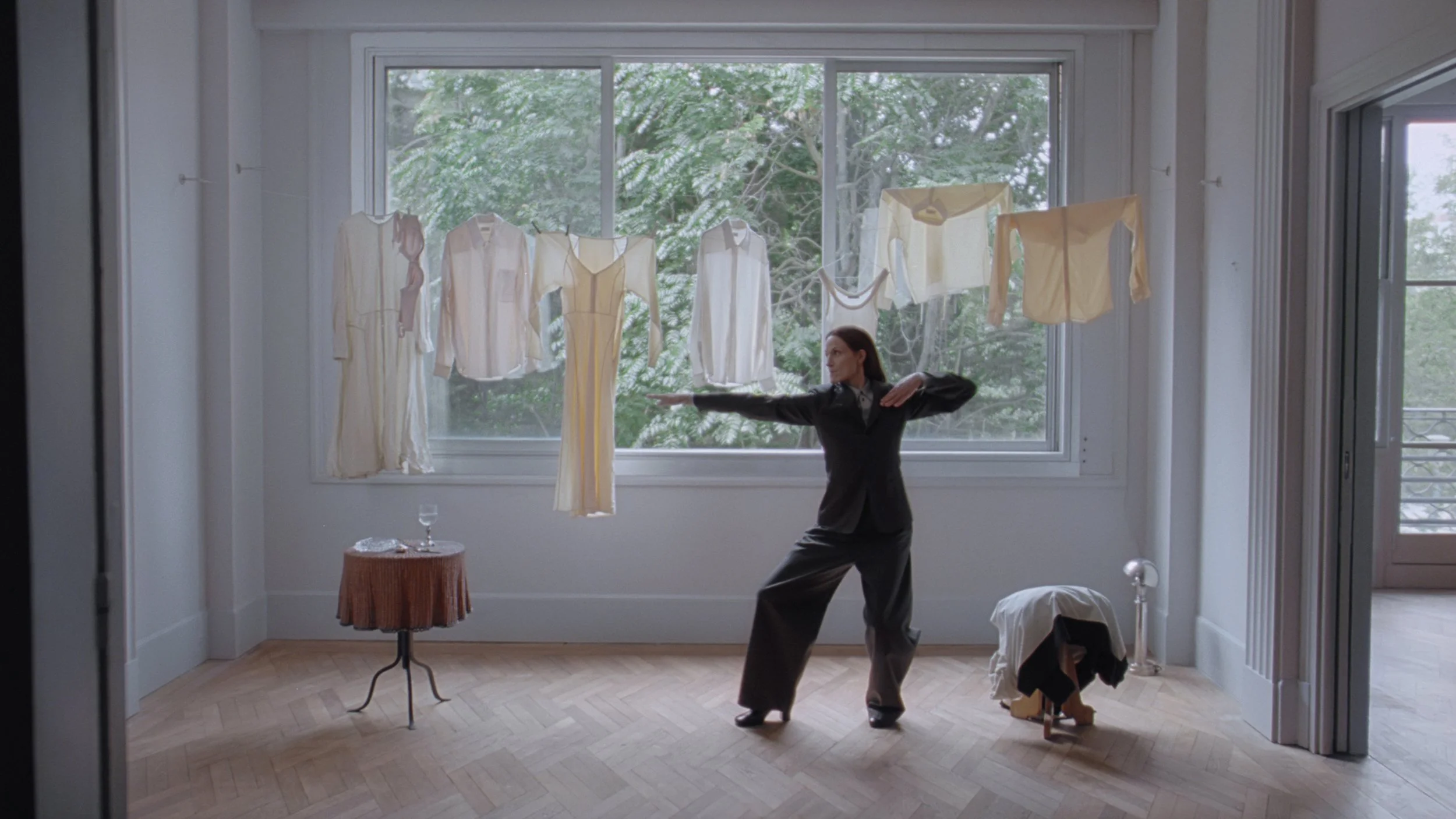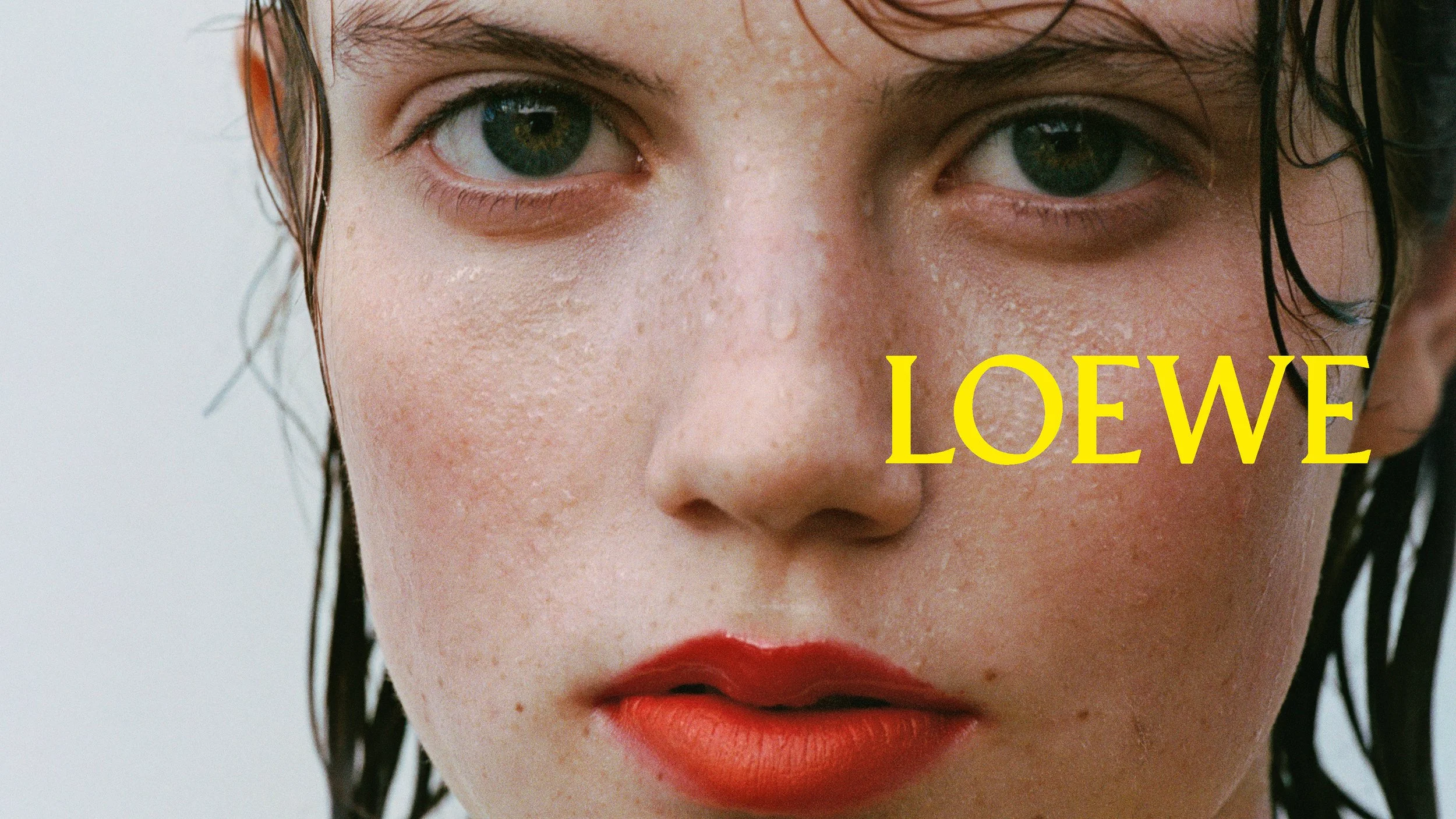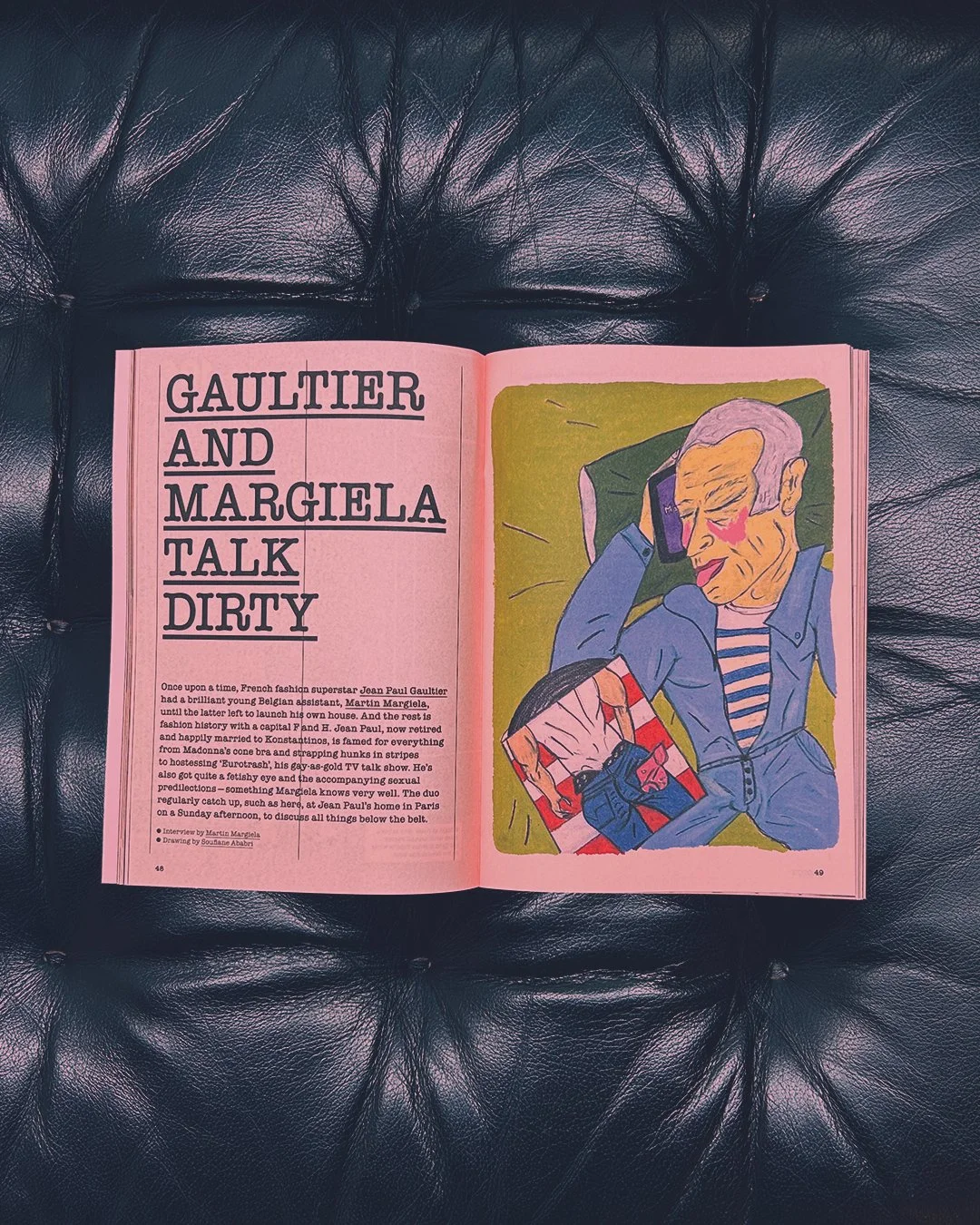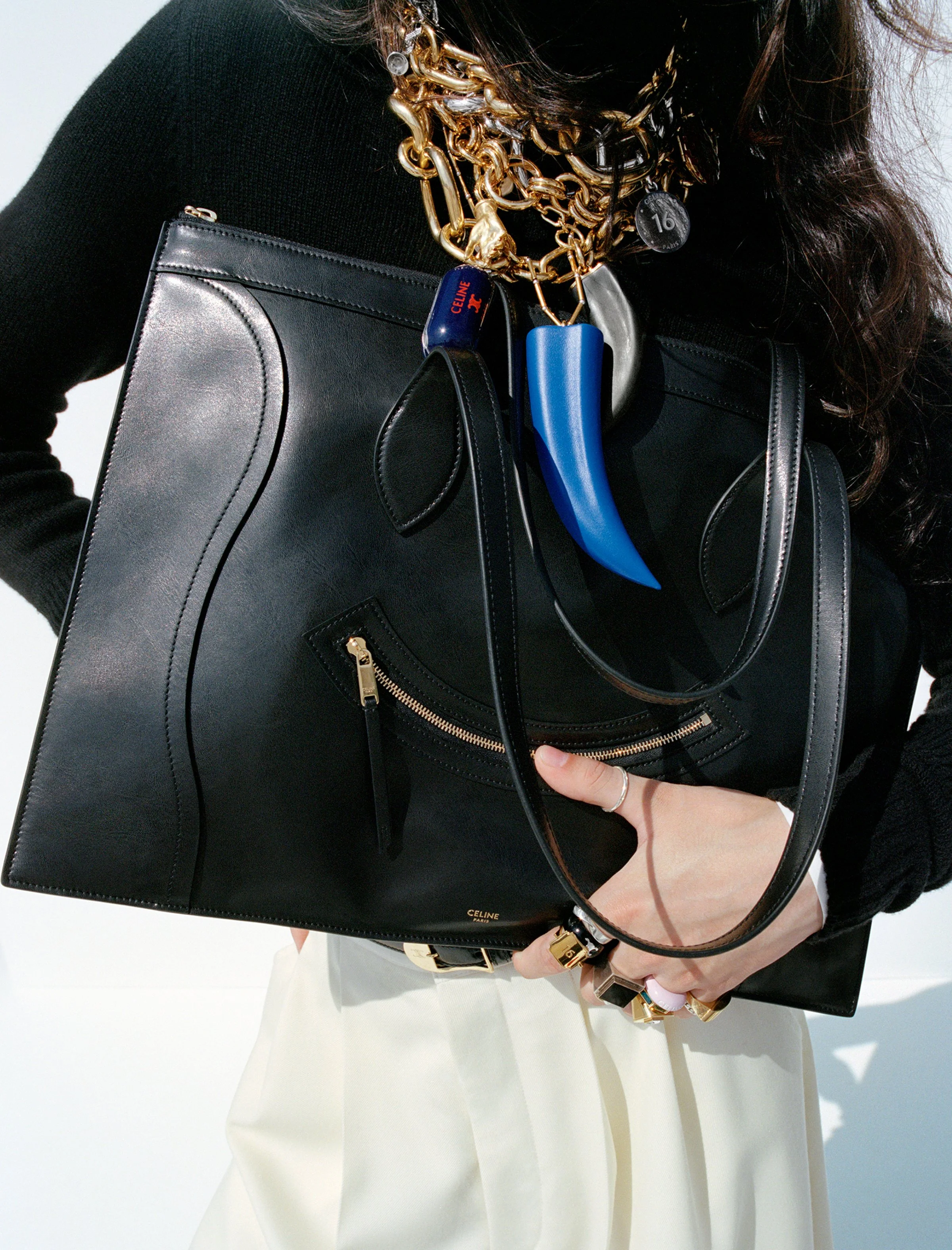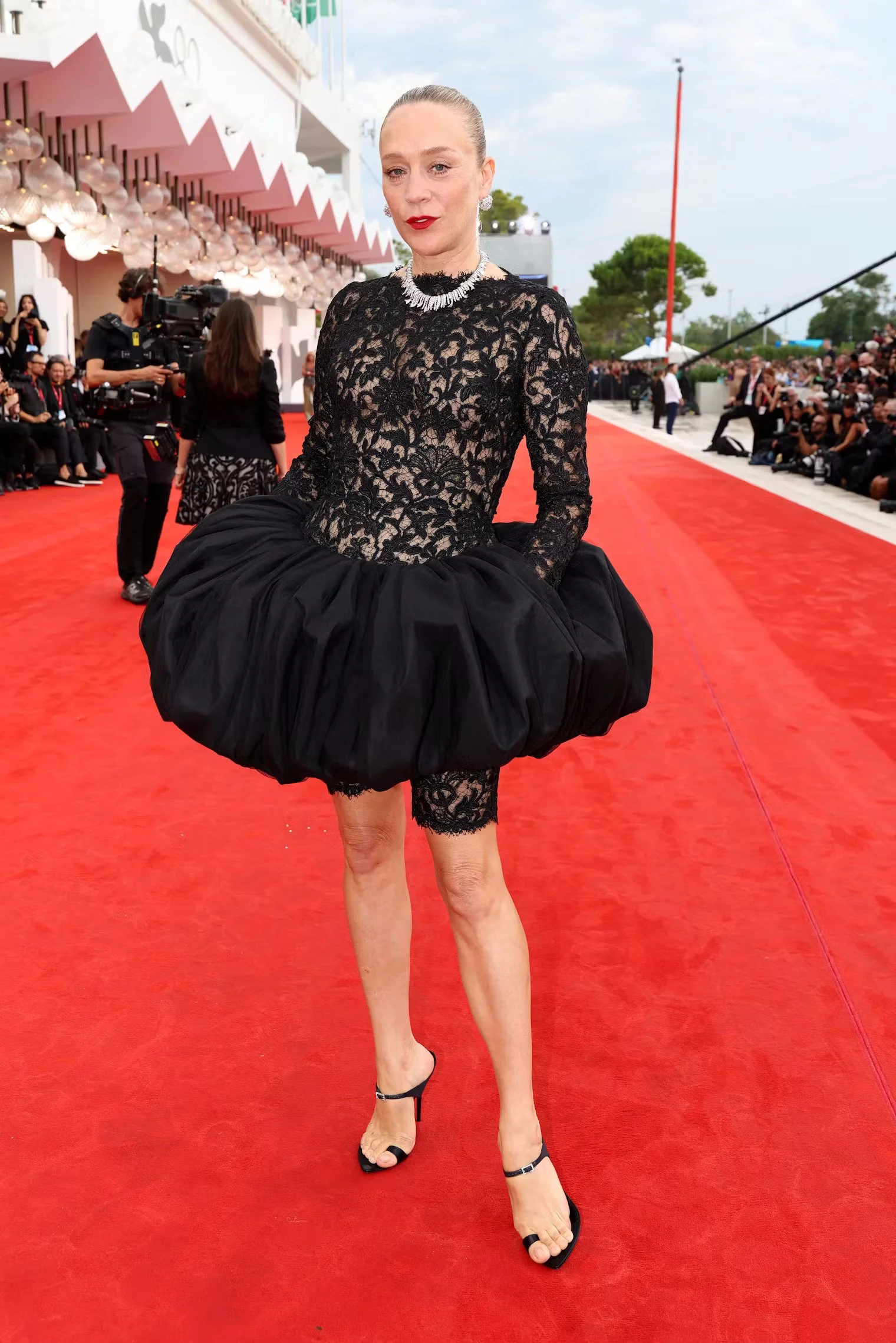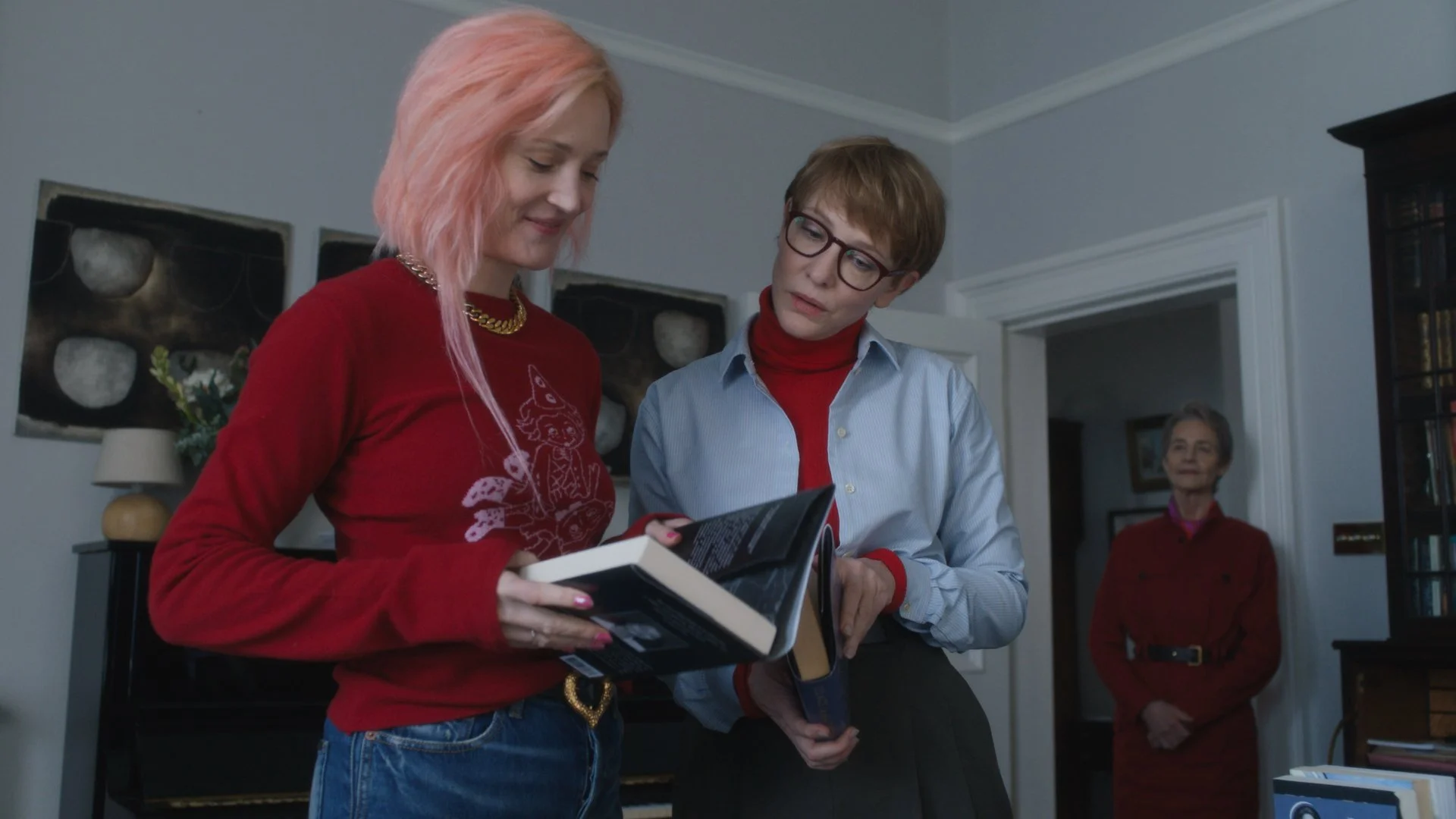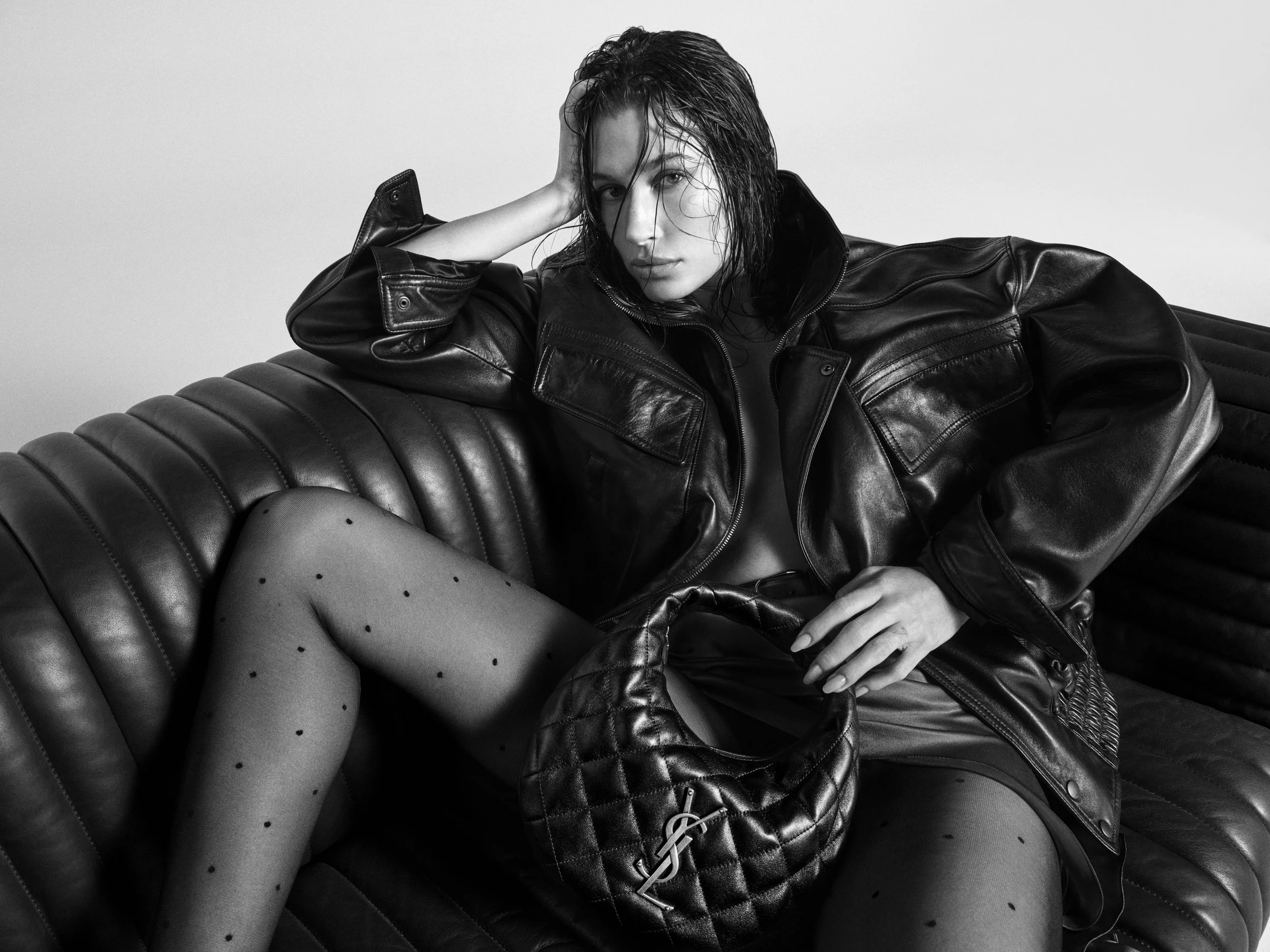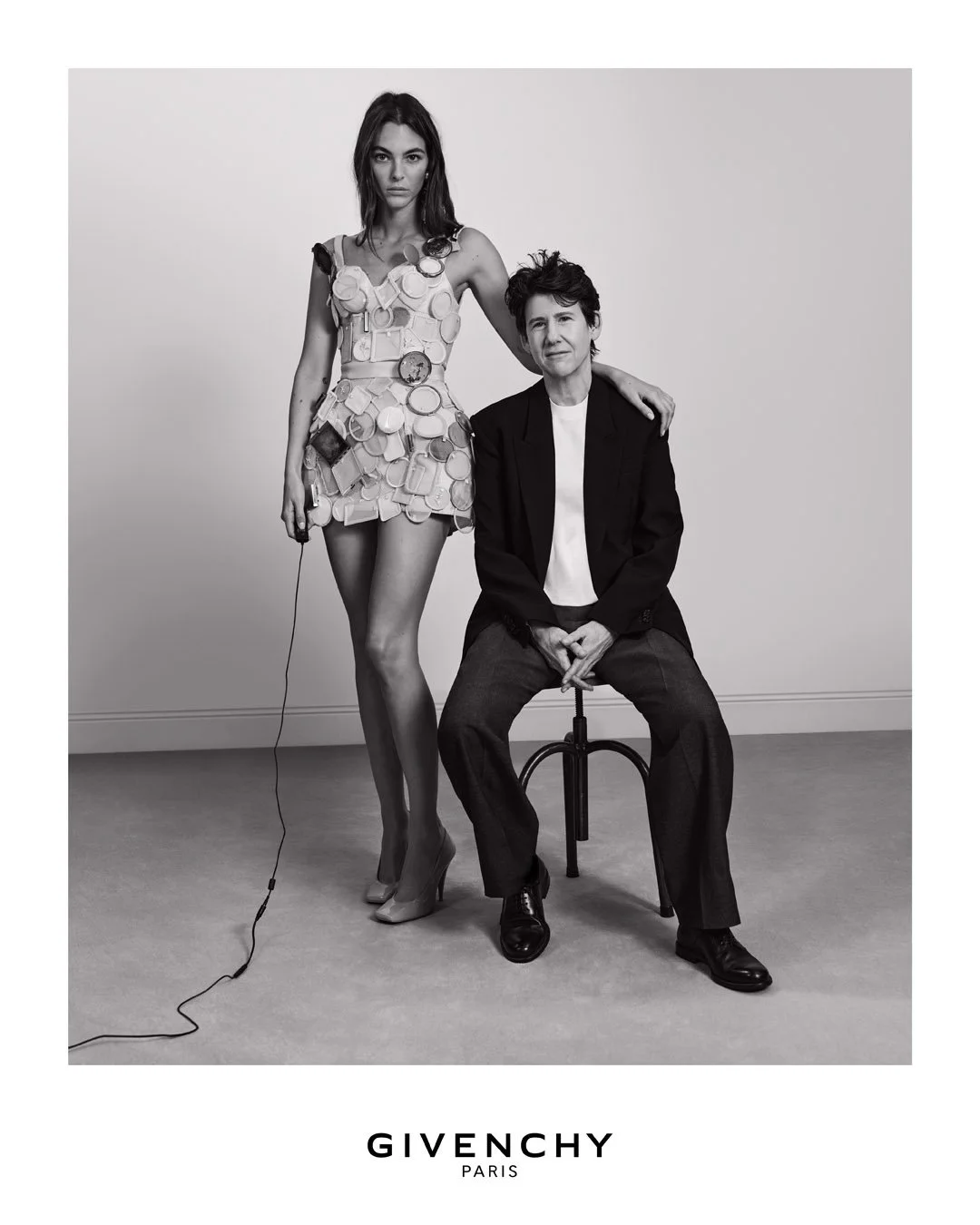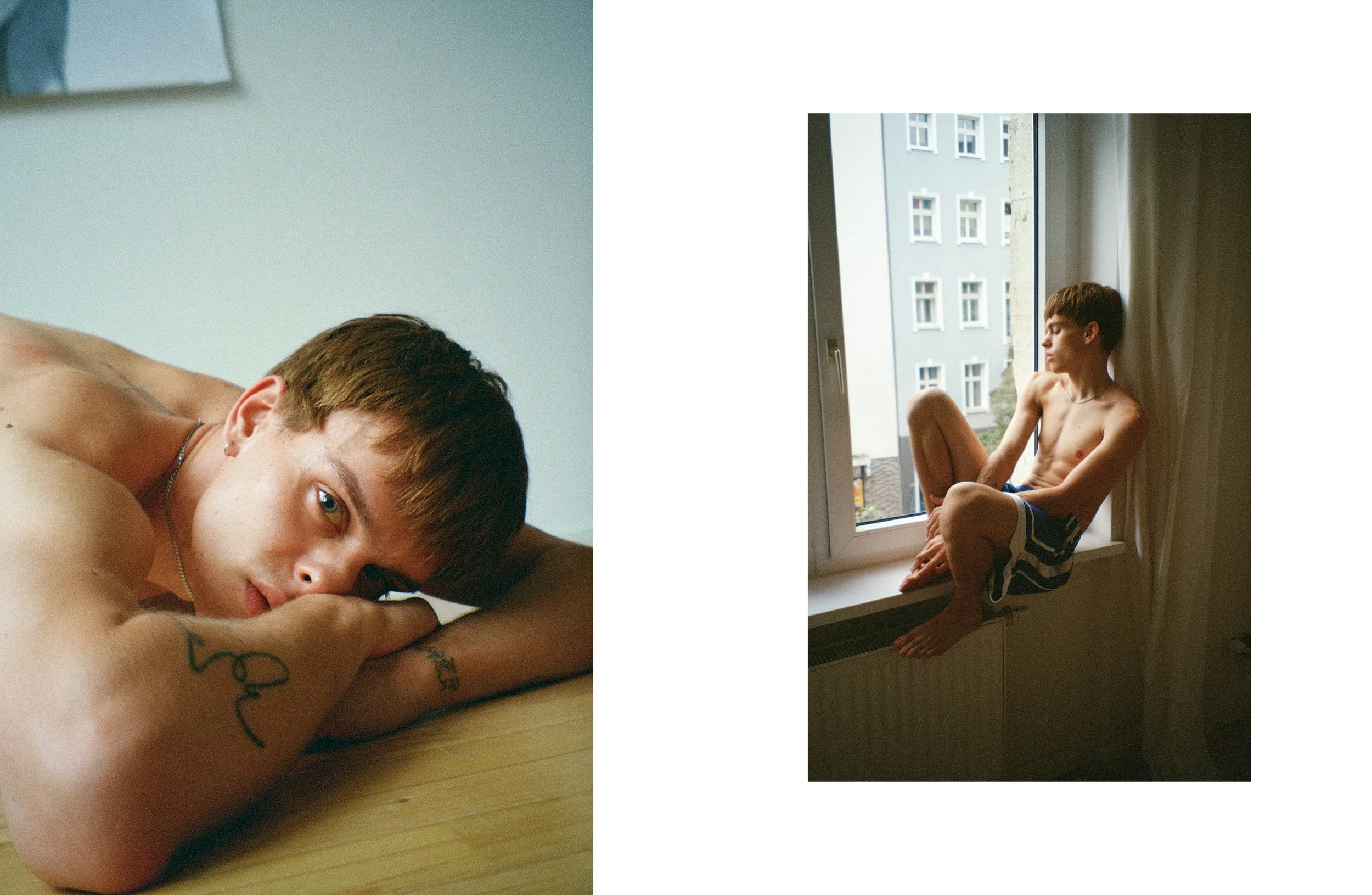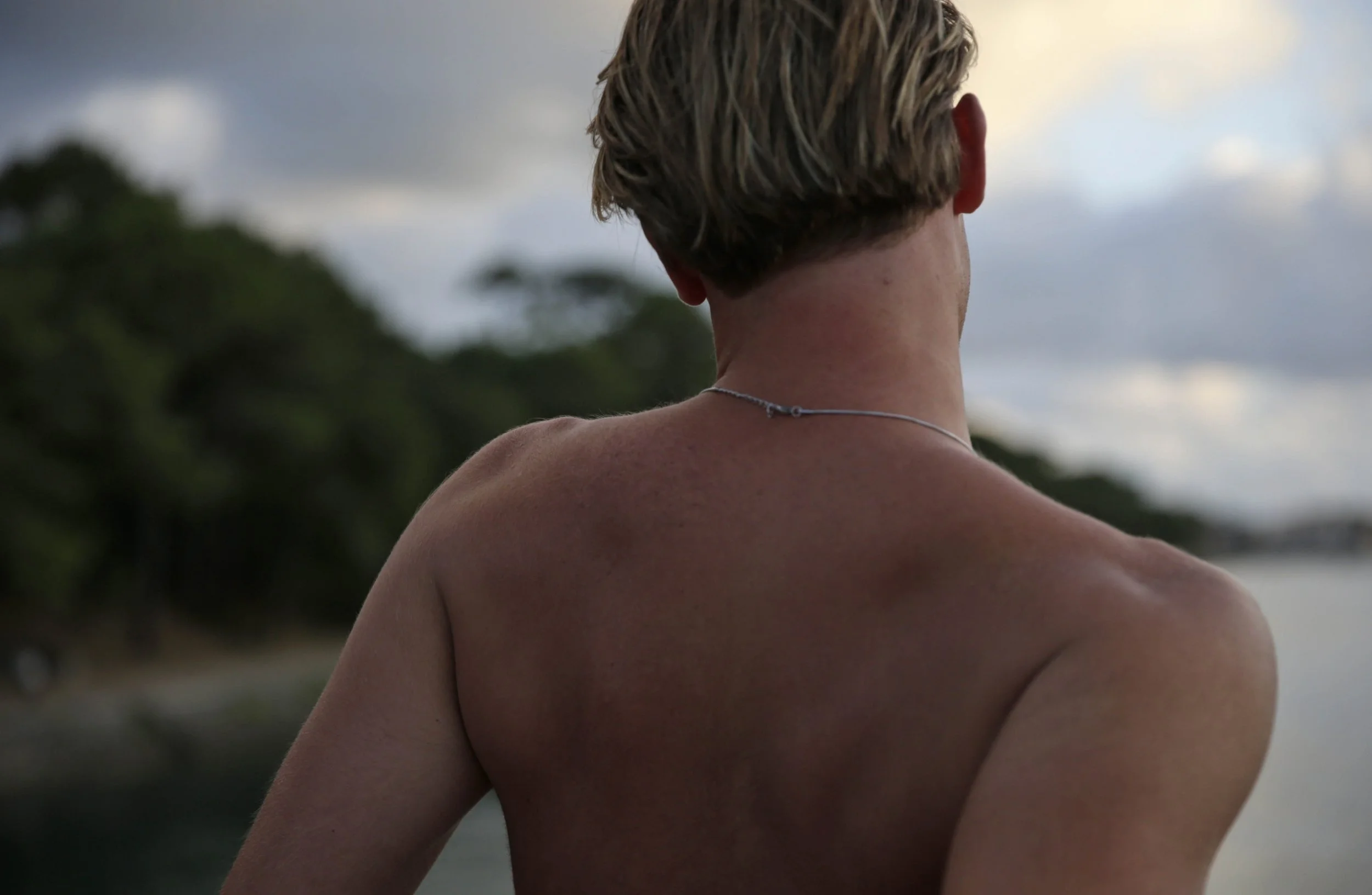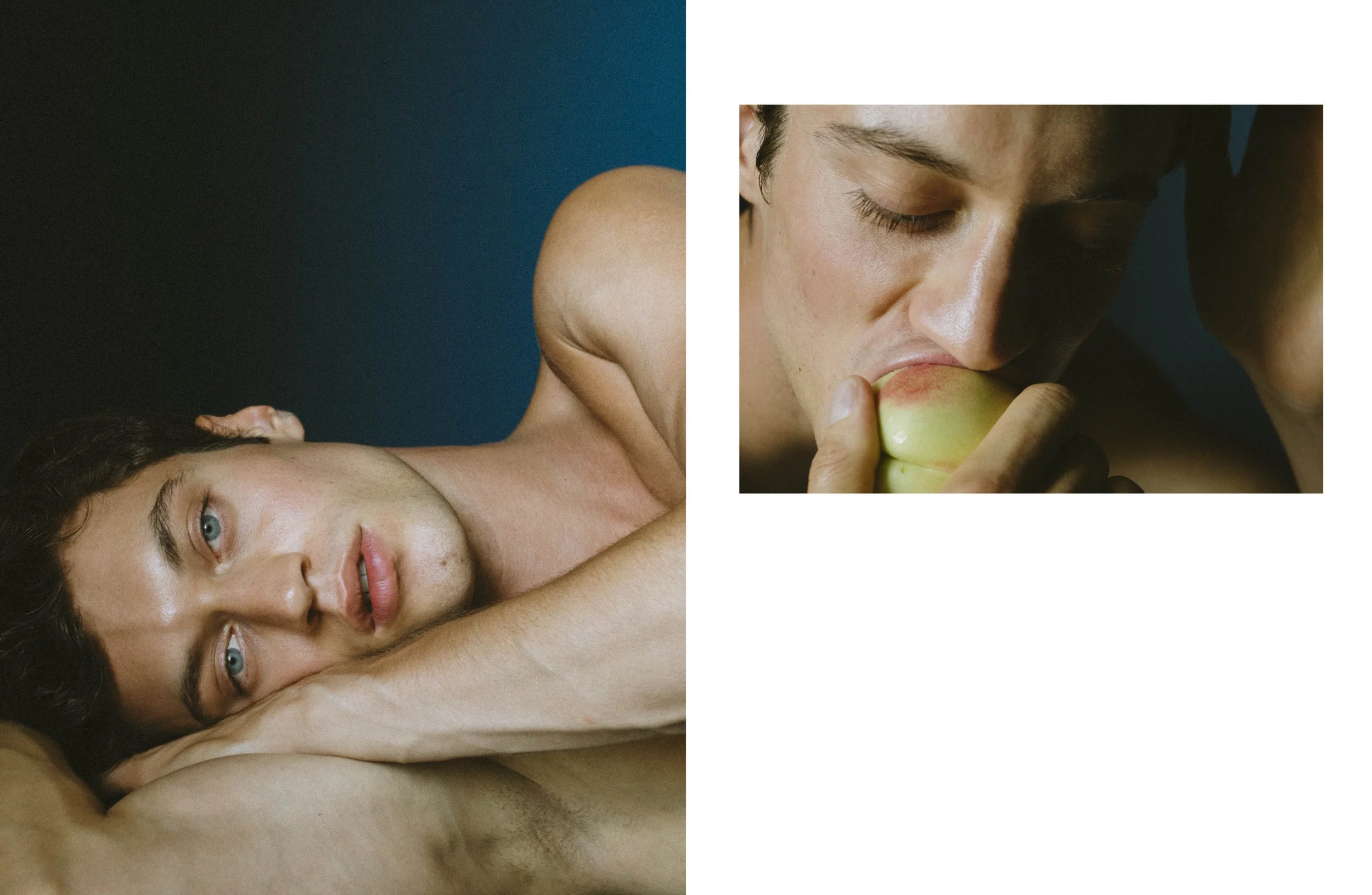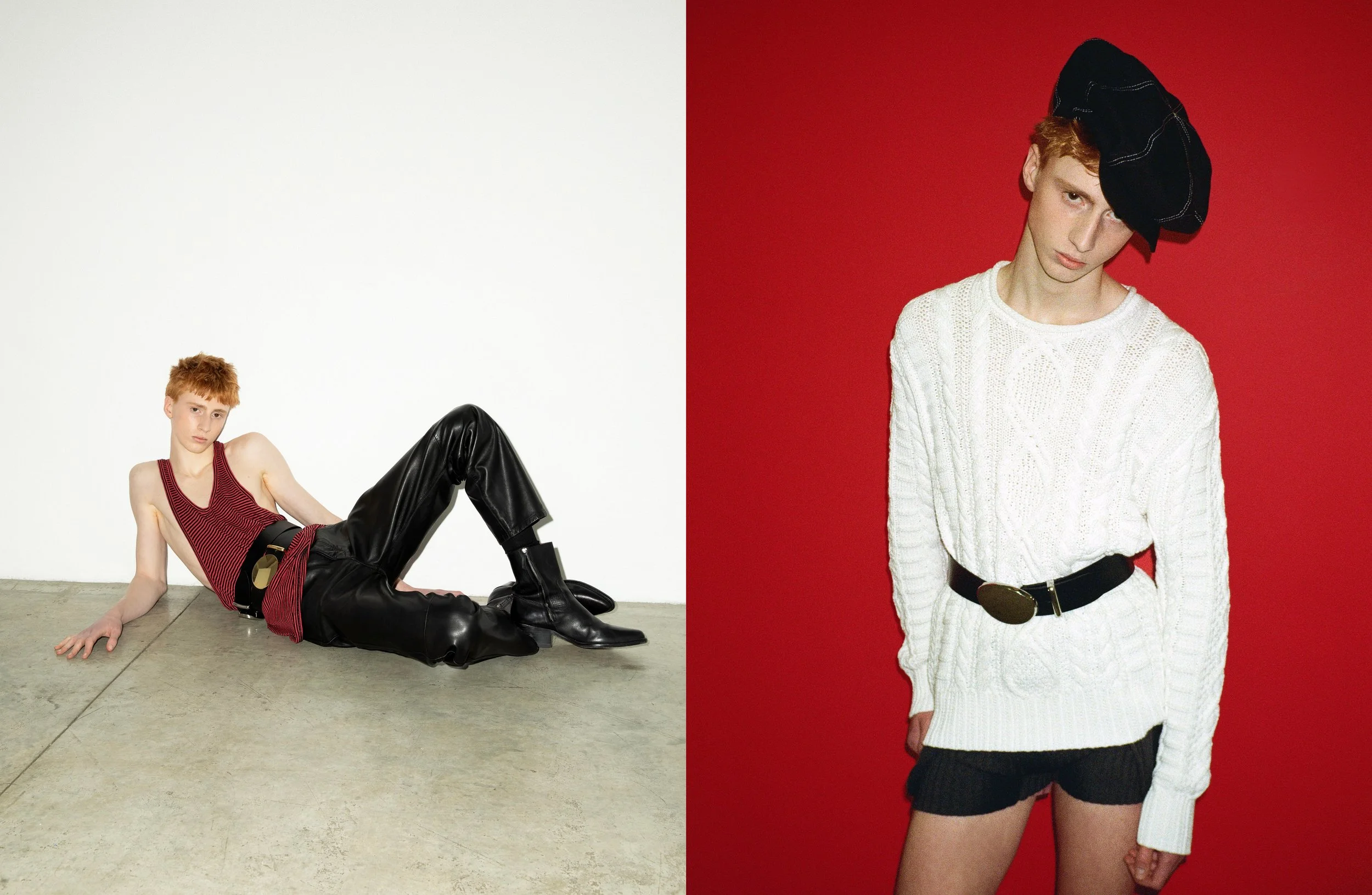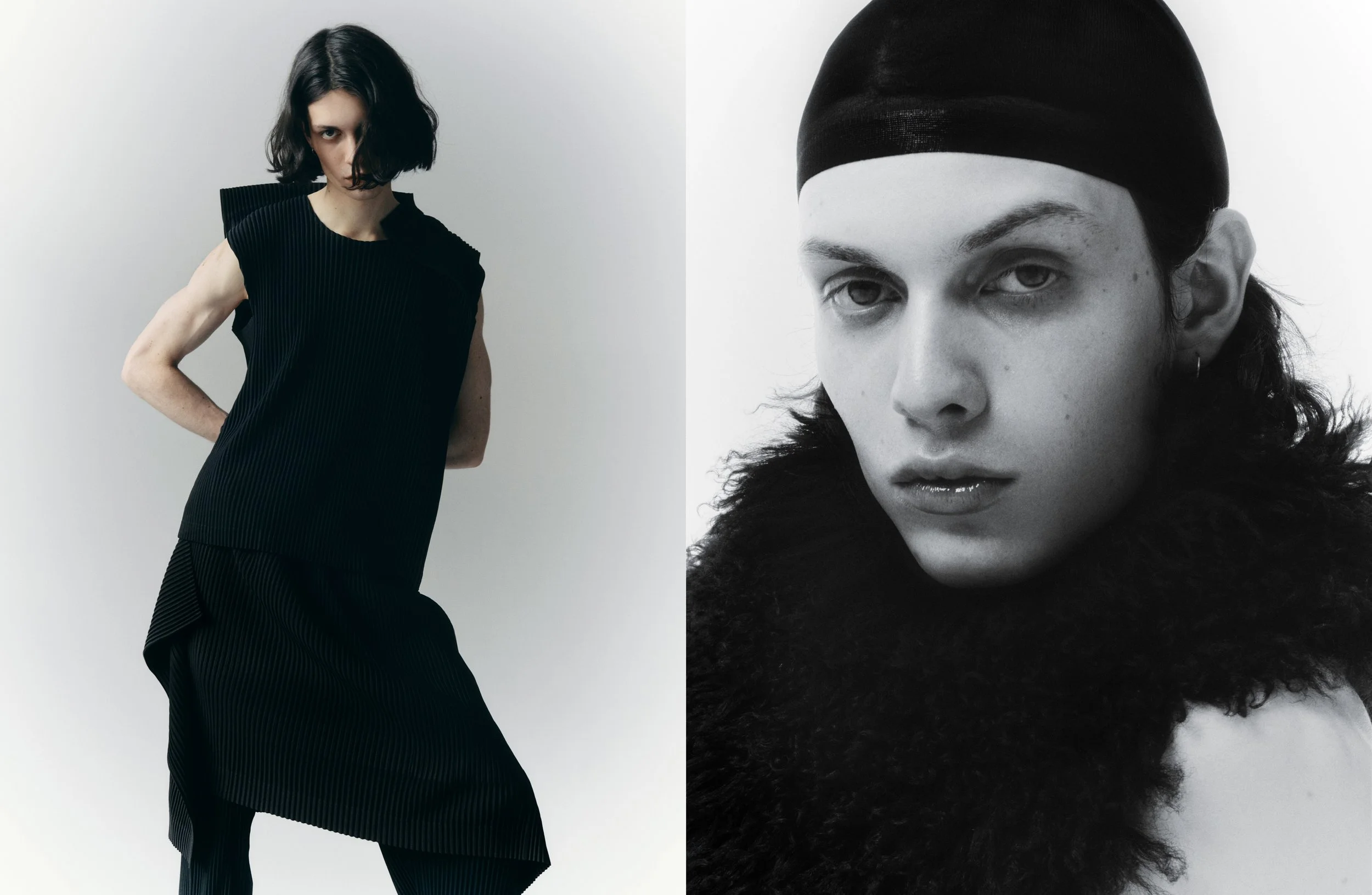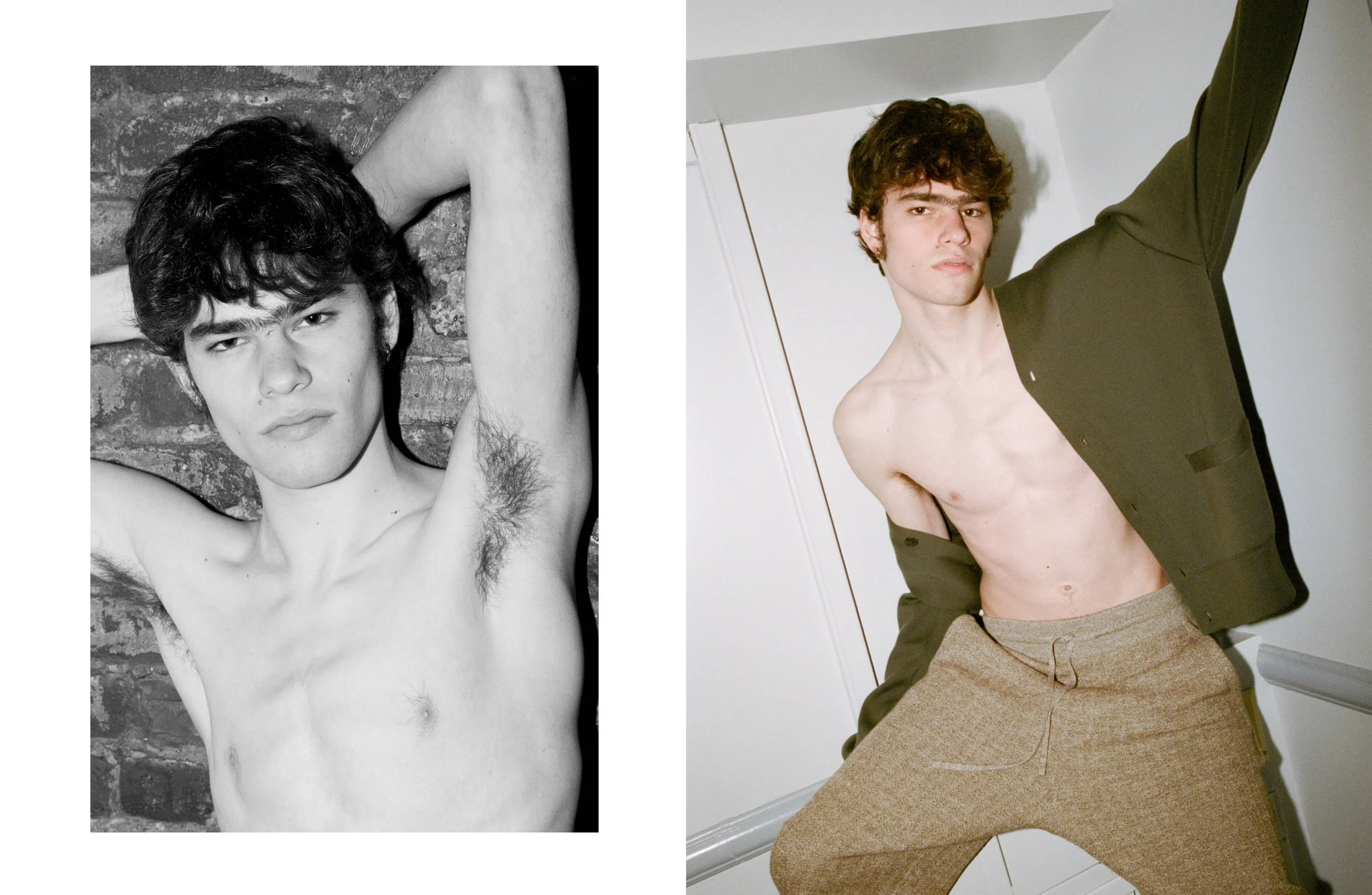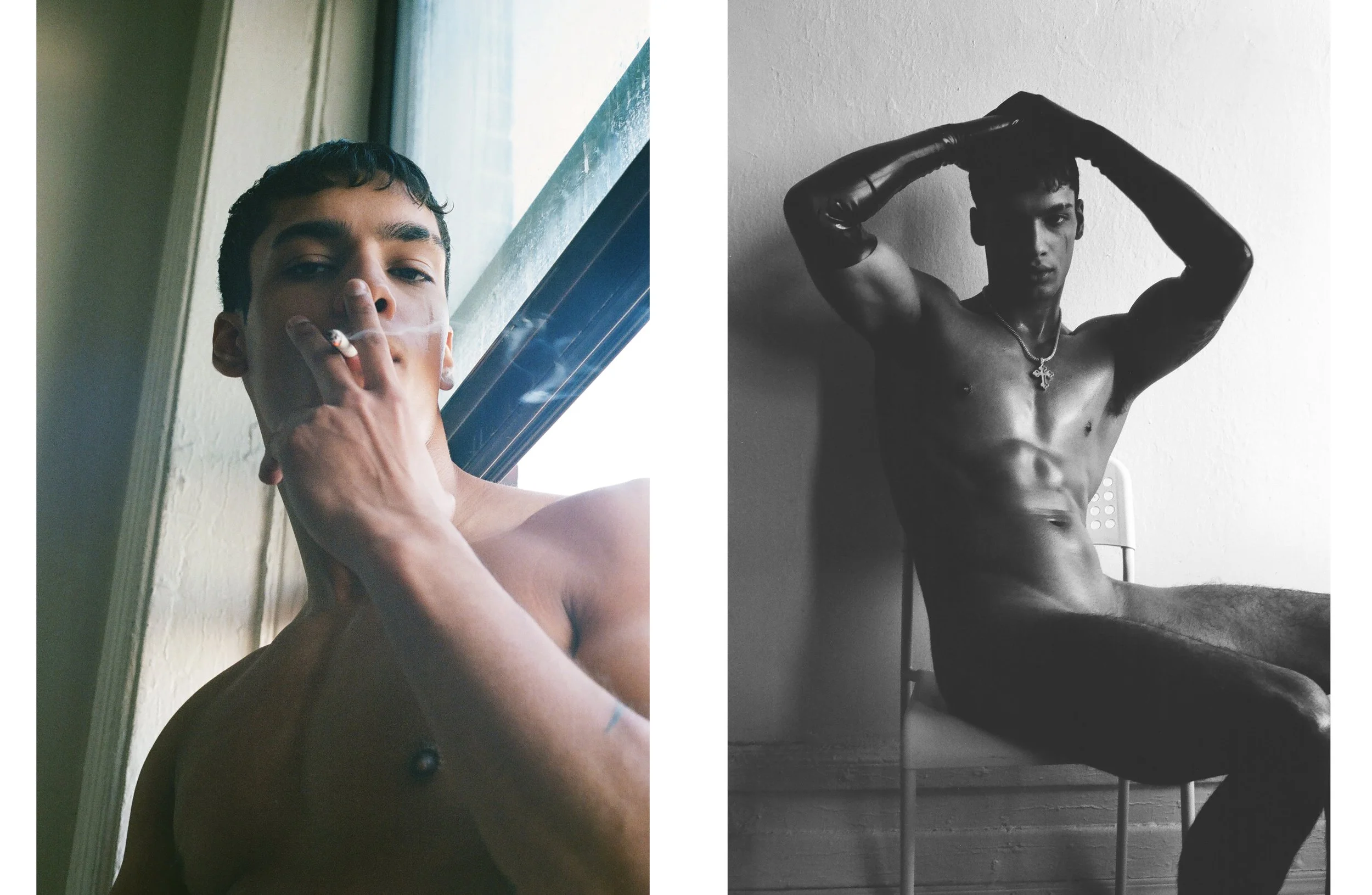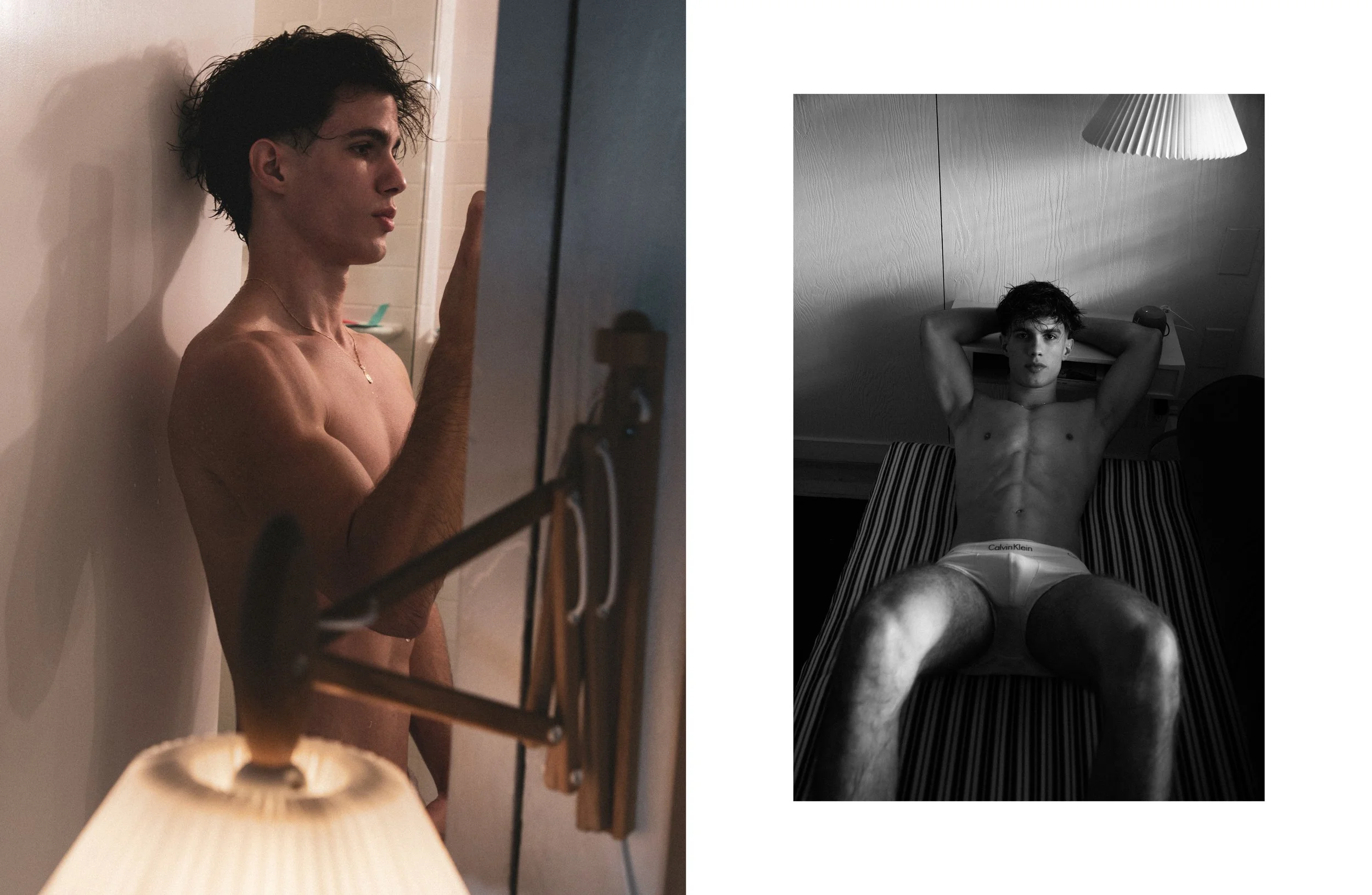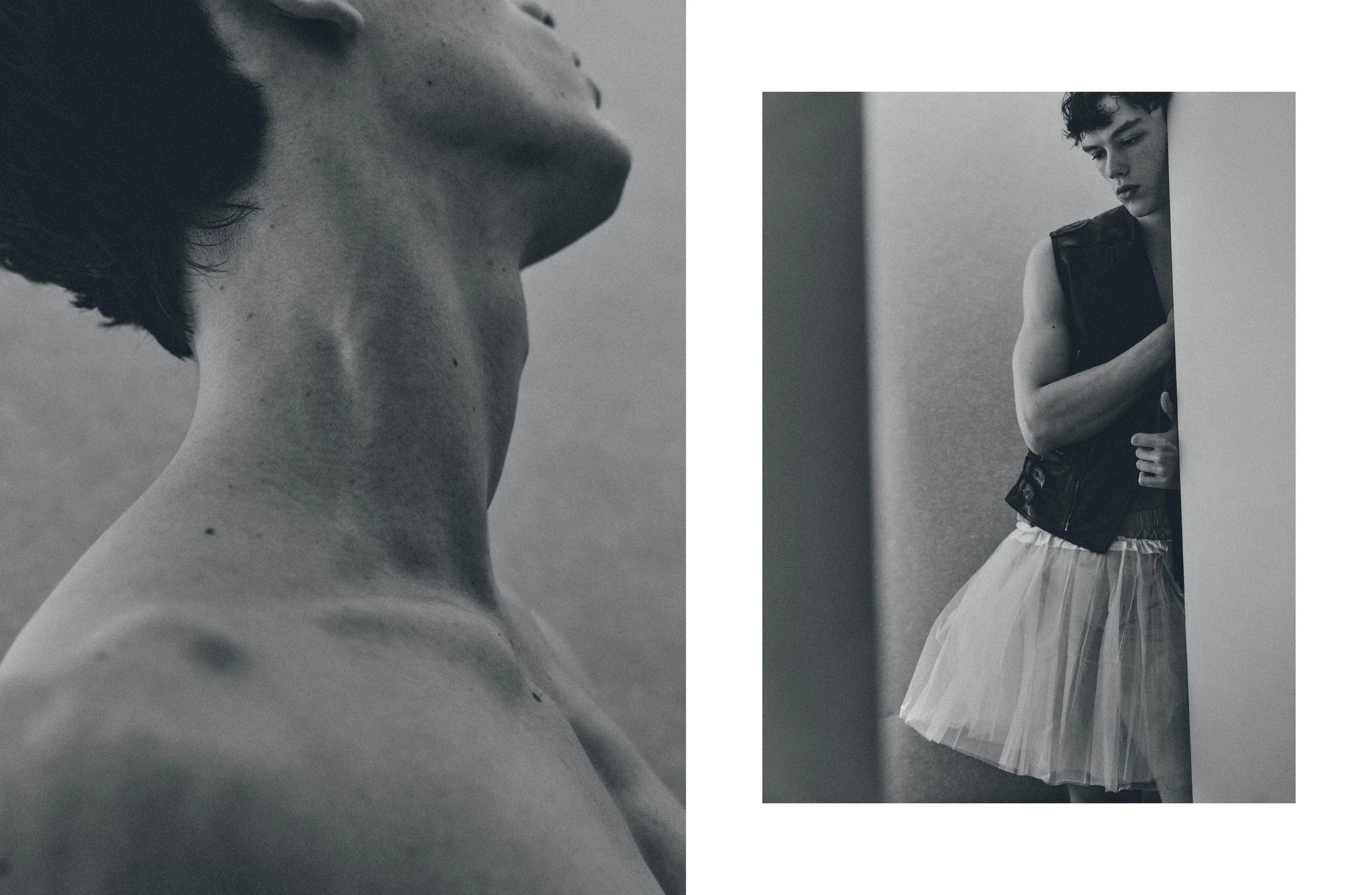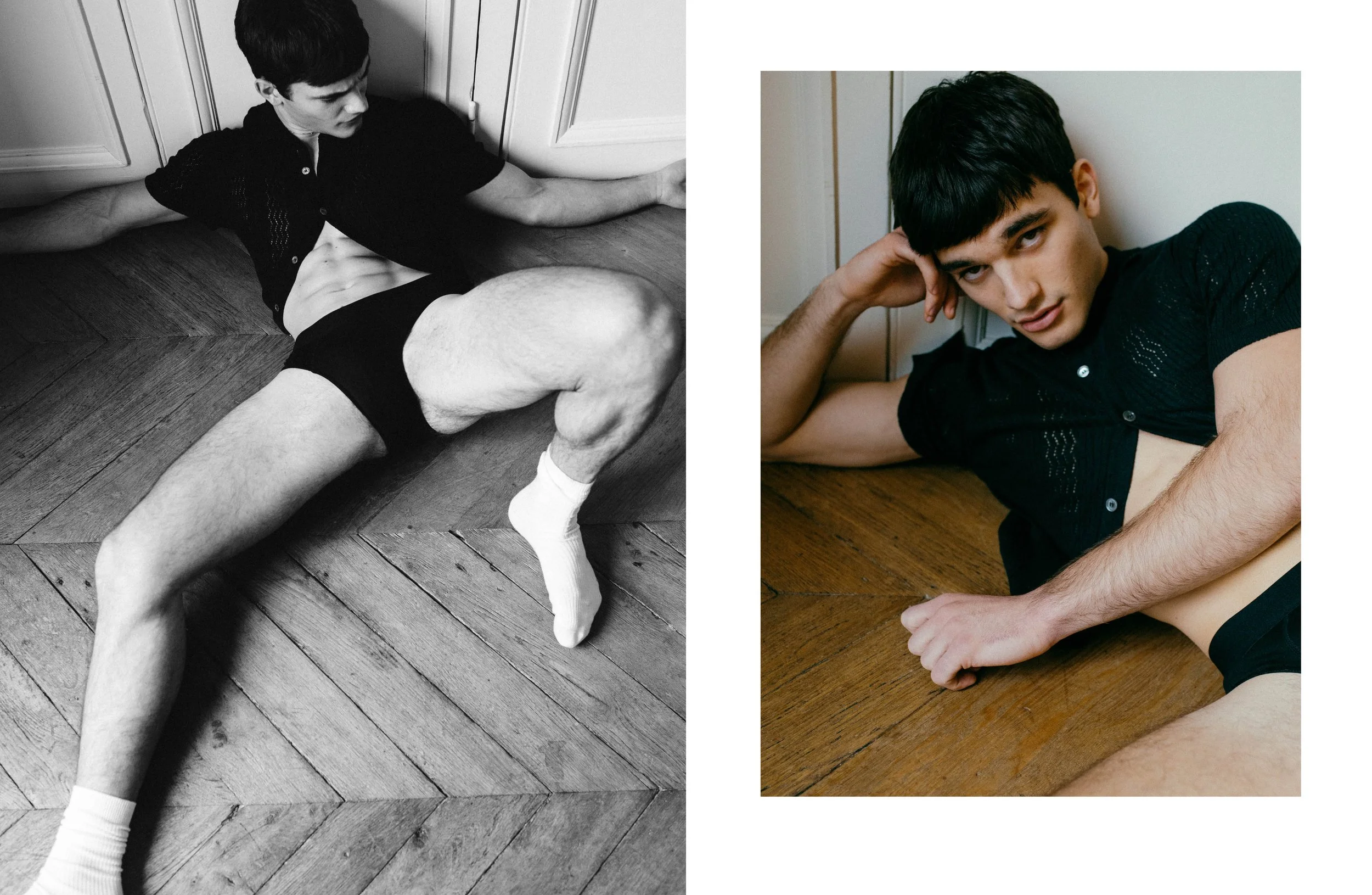Jonathan Anderson understands allure as a slow burn. For the past couple of months, the Northern Irish designer has been dropping carefully calibrated hints about his first womenswear collection for Dior — teasing us with cameos at the Venice Film Festival, then charming us with a pastel-hued Lady Dior campaign starring Greta Lee, Mia Goth, and Mikey Madison. The day before the show, Dior stoked the fire further, unveiling images of new, delicate heels and statement jewellery that only heightened anticipation.
Even the prelude felt like a performance in itself: a playful short film charting the house’s history and creative lineage, set to the hypnotic drama of Lana Del Rey’s Born to Die. By the time models began their stride across a futuristic runway, it was clear Anderson wasn’t just entering Dior’s orbit — he was building an entirely new universe within it.
Anderson is not one to abandon his own vocabulary. Echoes of his debut Dior menswear collection resurfaced with a fresh charge: knitted capes reimagined in jersey, high-neck bows, miniskirts twisted into couture-like cargo forms. The silhouettes conjured a Left Bank nostalgia from the mid-2000s — Oxford shirts tucked into micro-denim skirts, snug polos, bootcut jeans grazing slingback heels, chain-draped handbags swinging with purpose. It was a French preppy mood refracted through Anderson’s instinct for charm and provocation.
But just as the collection flirted with familiarity, it pivoted into something more structural, more architectural. Wool peacoats were stripped down and reconfigured. Off-the-shoulder dresses rippled with panniers hidden beneath ruching. Origami-like folds disrupted the purity of grey and black shifts. And then, Dior’s ultimate relic: the Bar jacket. Anderson cropped it, slashed it open at the back, and paired it with a pleated skirt in speckled tweed — a reverent rebellion that felt distinctly his own.
Accessories, of course, were the exclamation marks. Stephen Jones’ Tricorne hats lent a surrealist edge, balancing whimsy with drama. Shoes ranged from slingbacks and stilettos sprouting bunny ears, to mules crowned with oversized roses, to chunky D-shaped loafers stamped in gold. Bags, meanwhile, became vessels of fantasy: the Lady Dior covered in daisies or clover leaves, tiny ladybugs crawling across the surface. For daytime pragmatists, Anderson offered a softer note — the classic reimagined in supple brown suede, already a contender for bestseller status.
Anderson’s Dior debut was less an arrival than an incantation — a weaving together of codes old and new, playful and severe, Parisian and universal. It teased, seduced, and ultimately delivered what Dior at its best has always promised: a vision of elegance forever on the verge of transformation.
Words by Martin Onufrowicz
